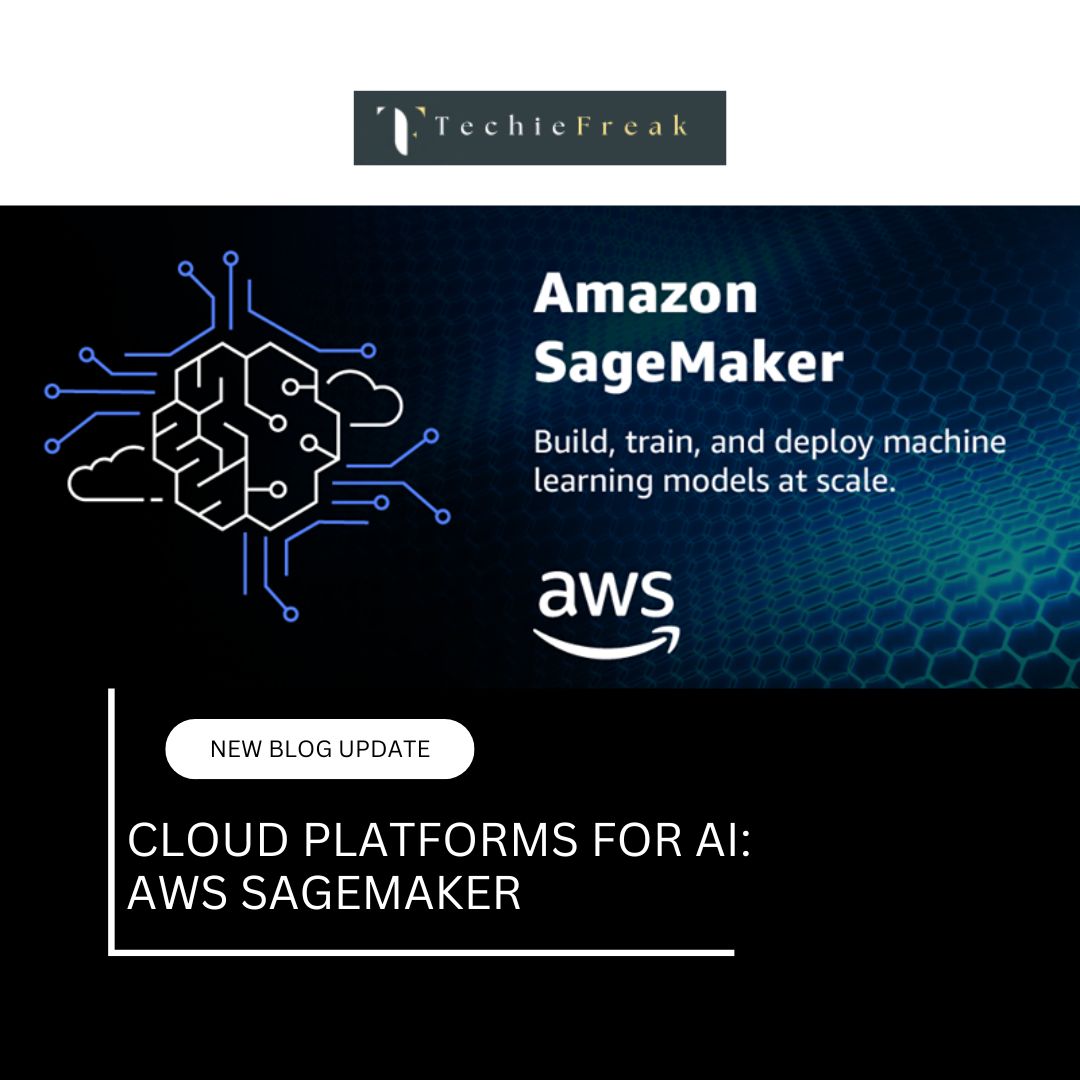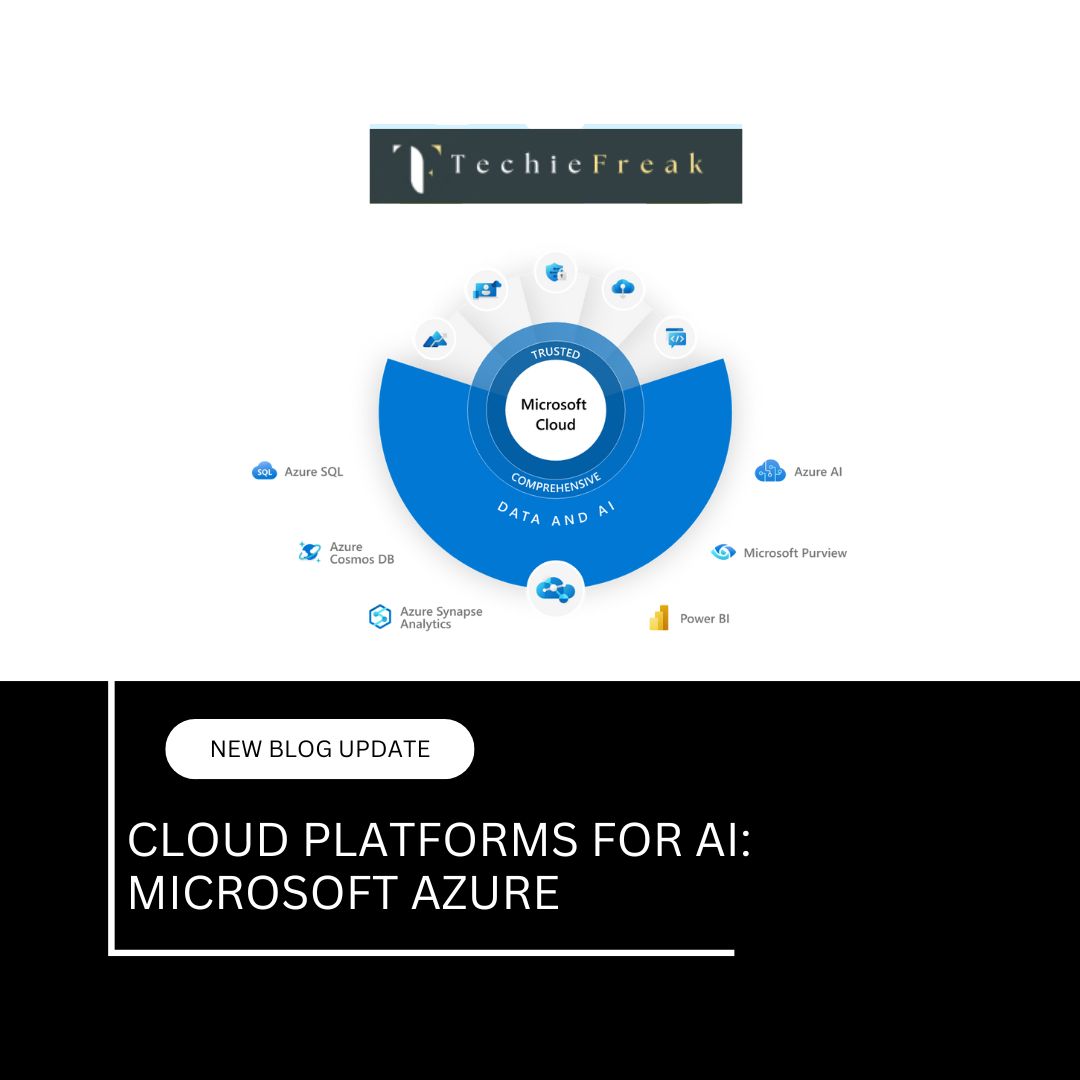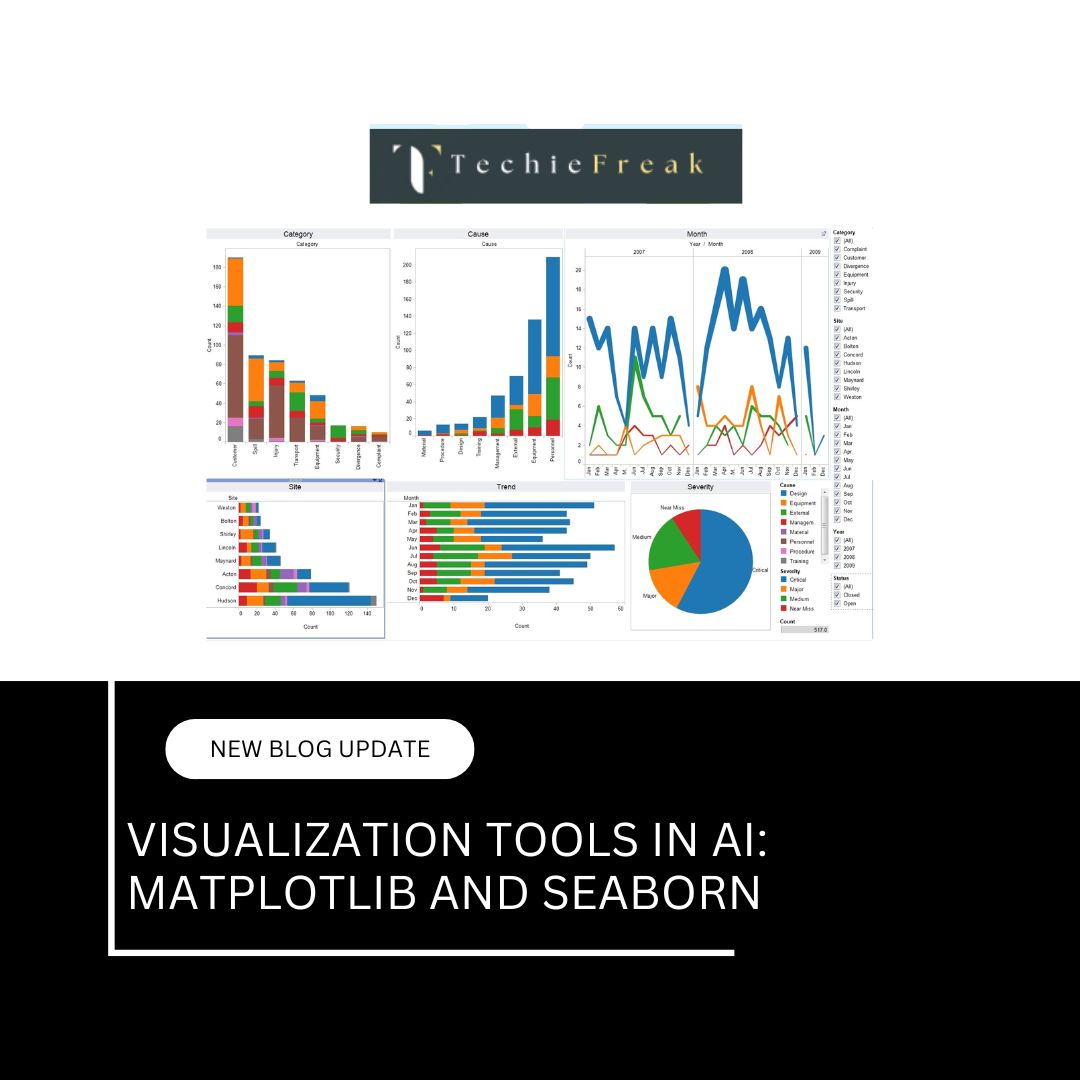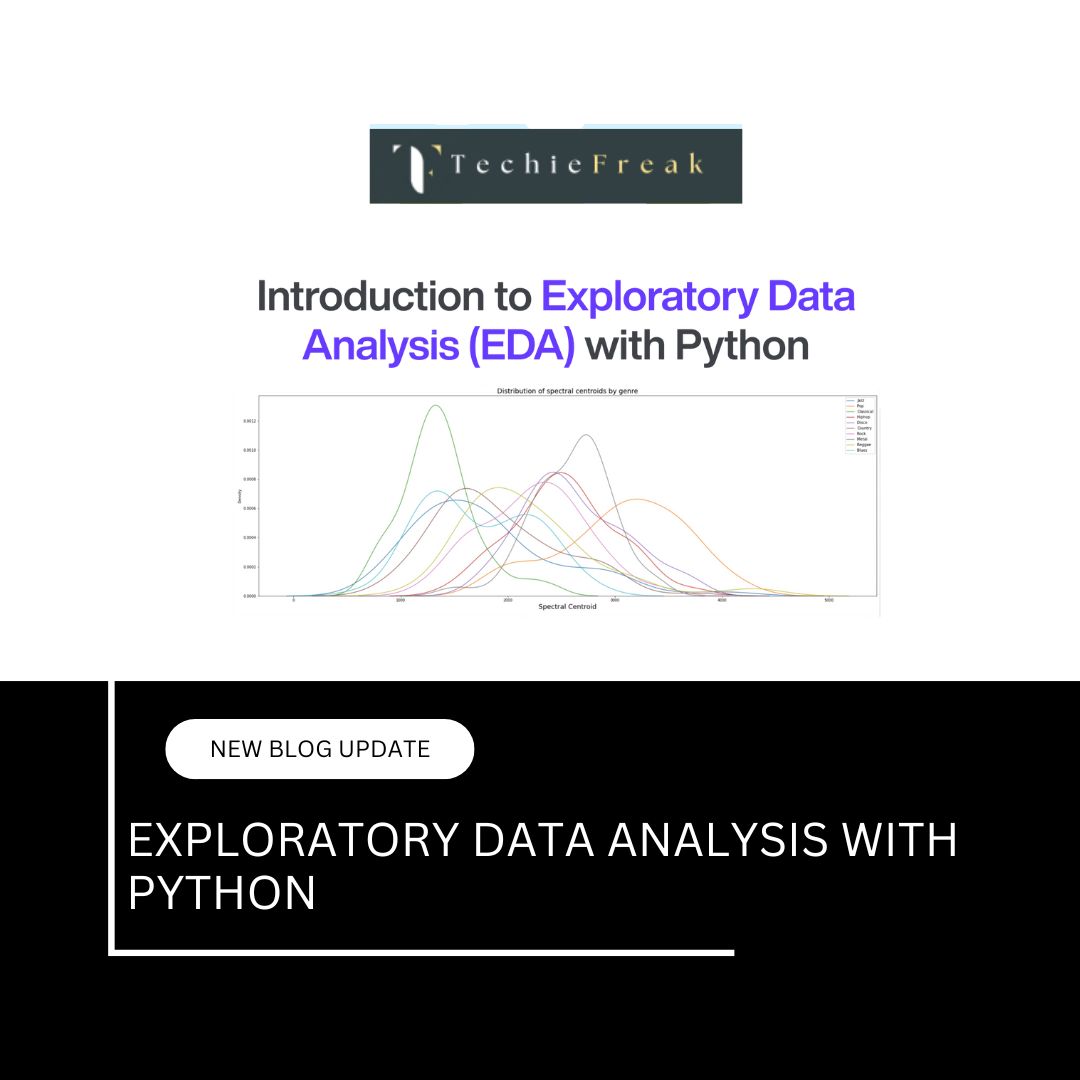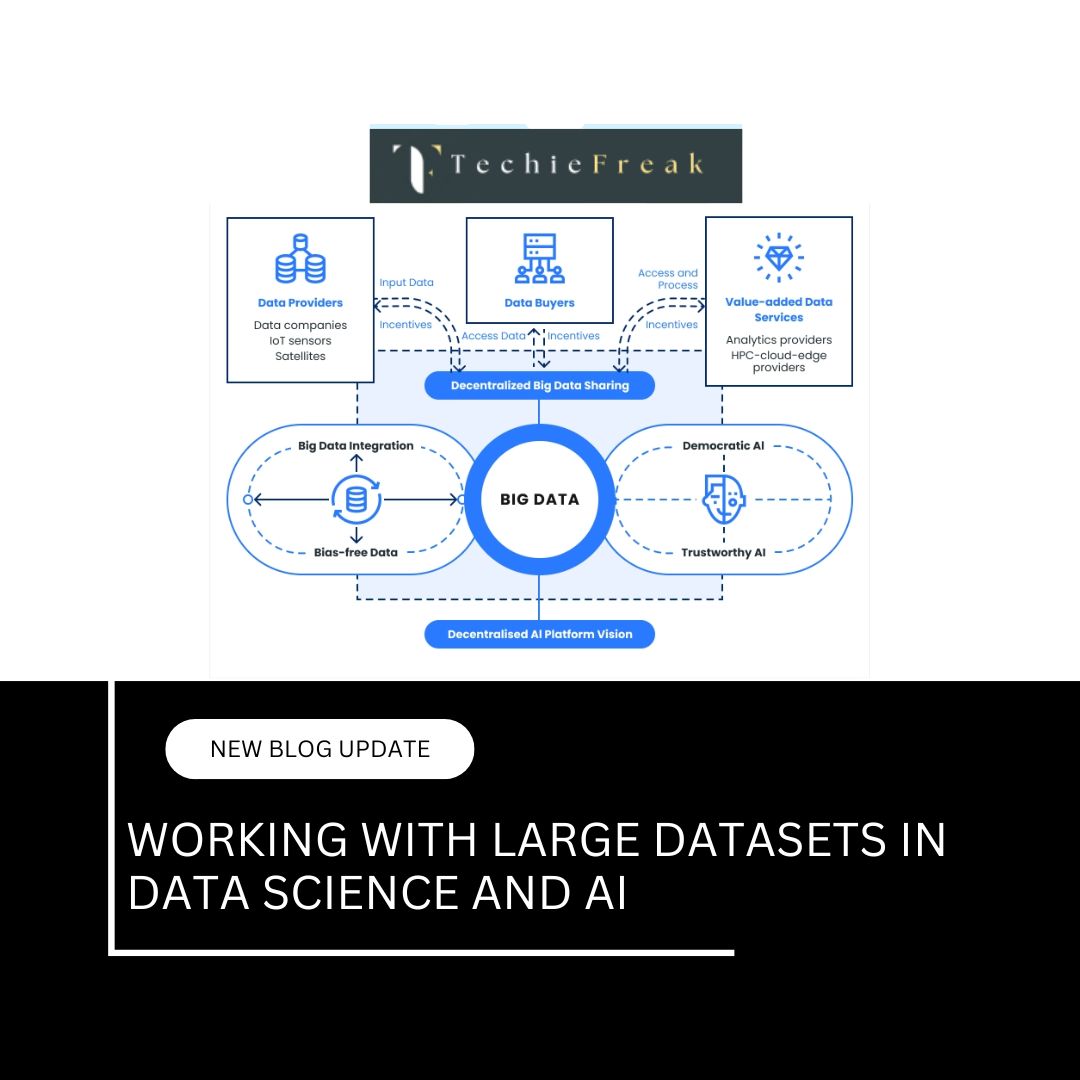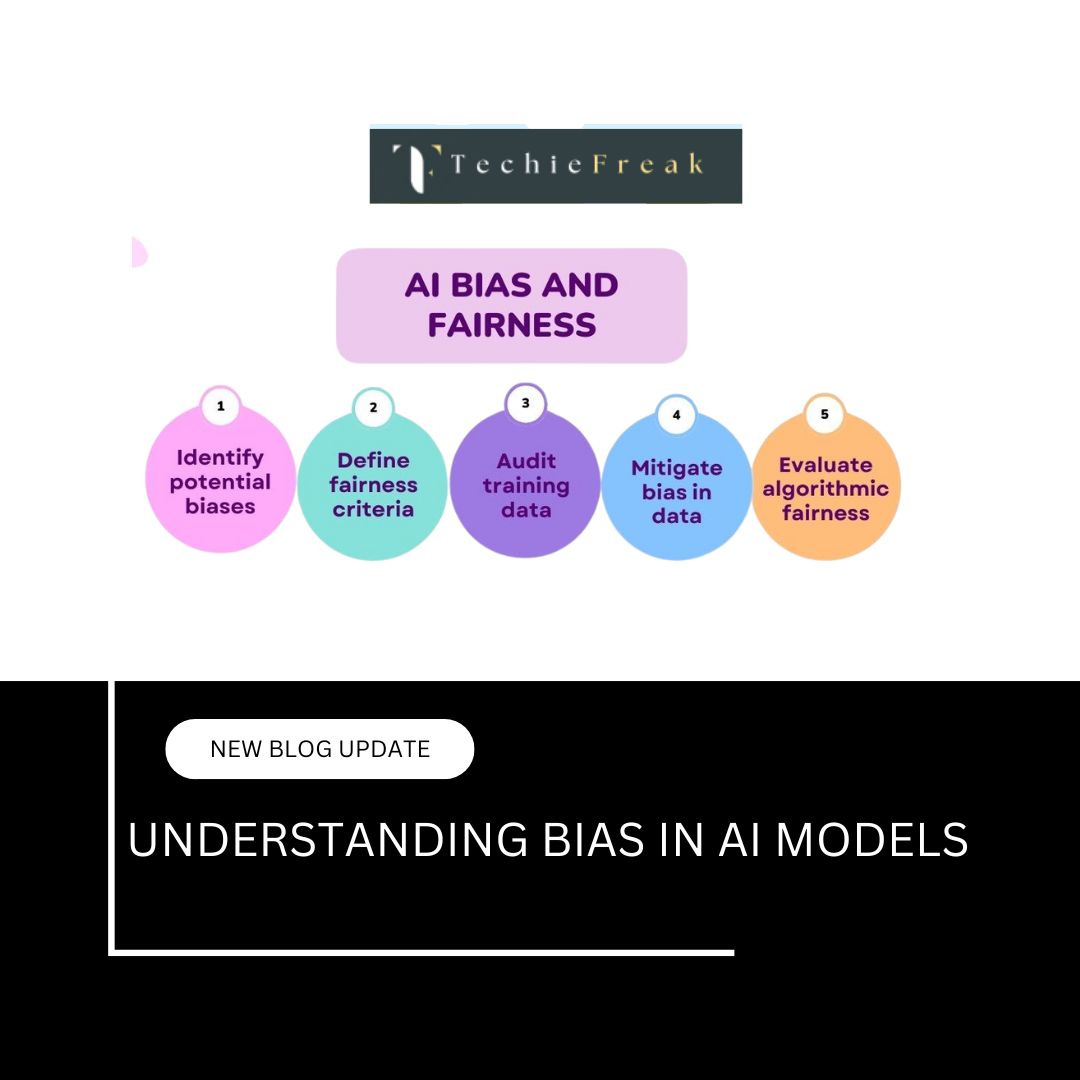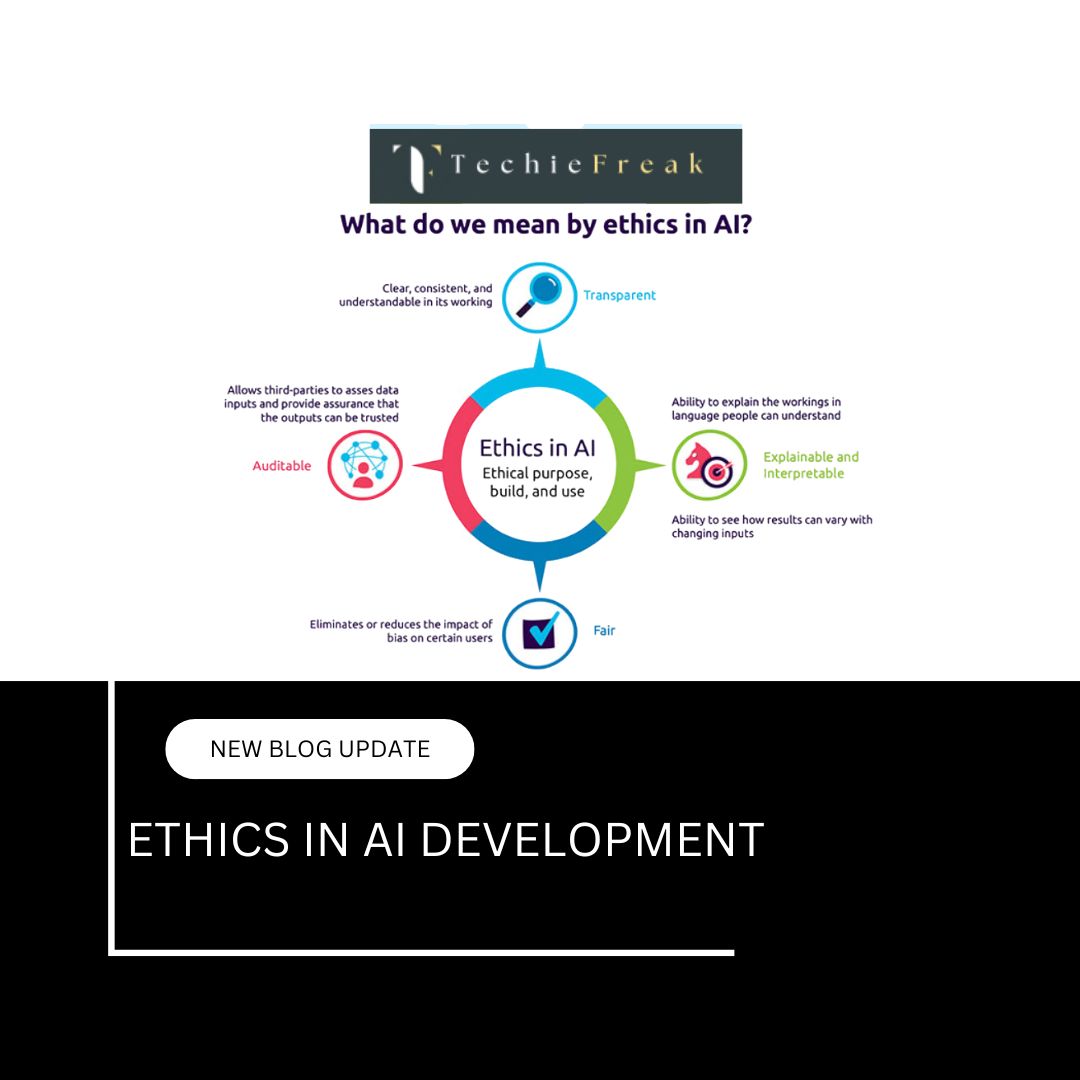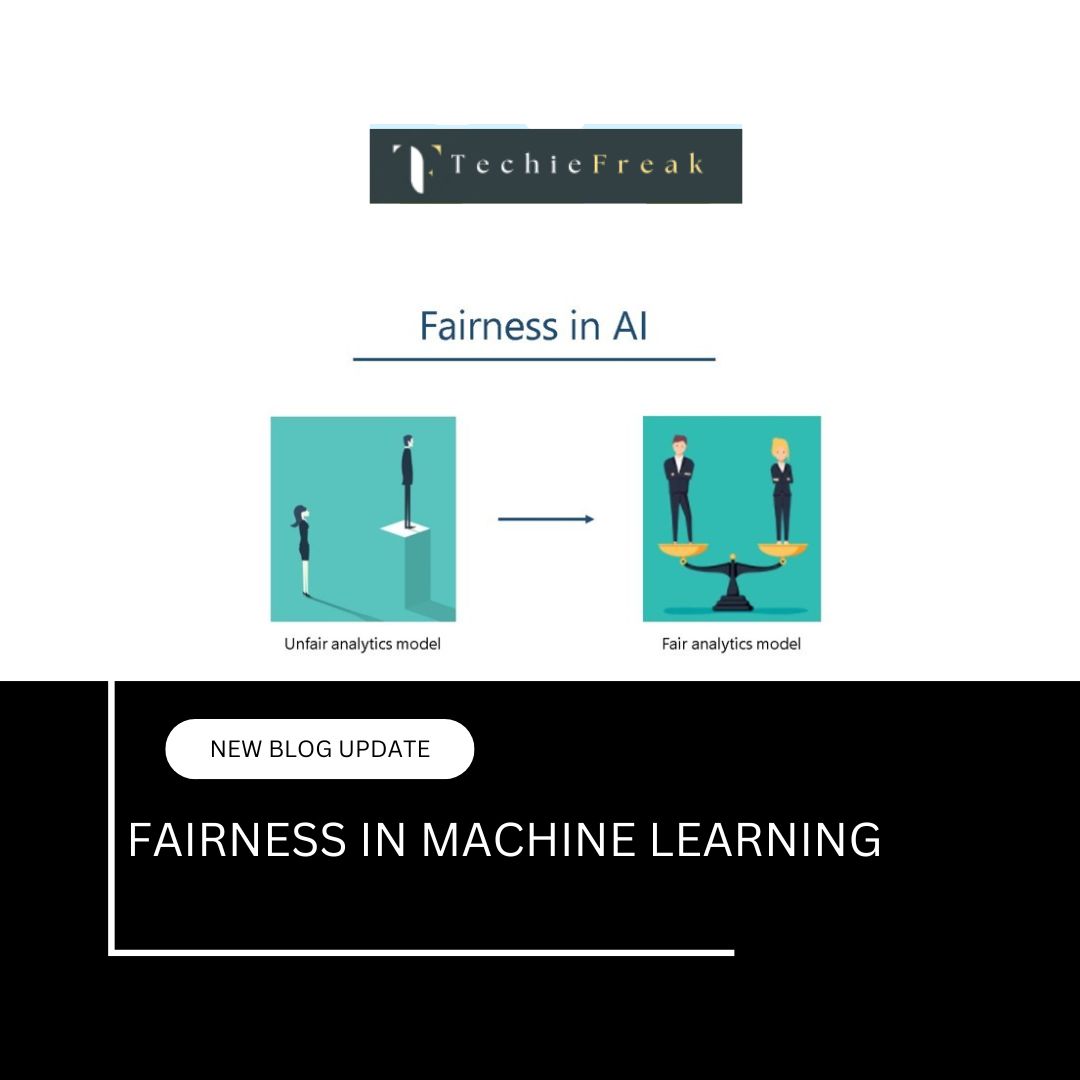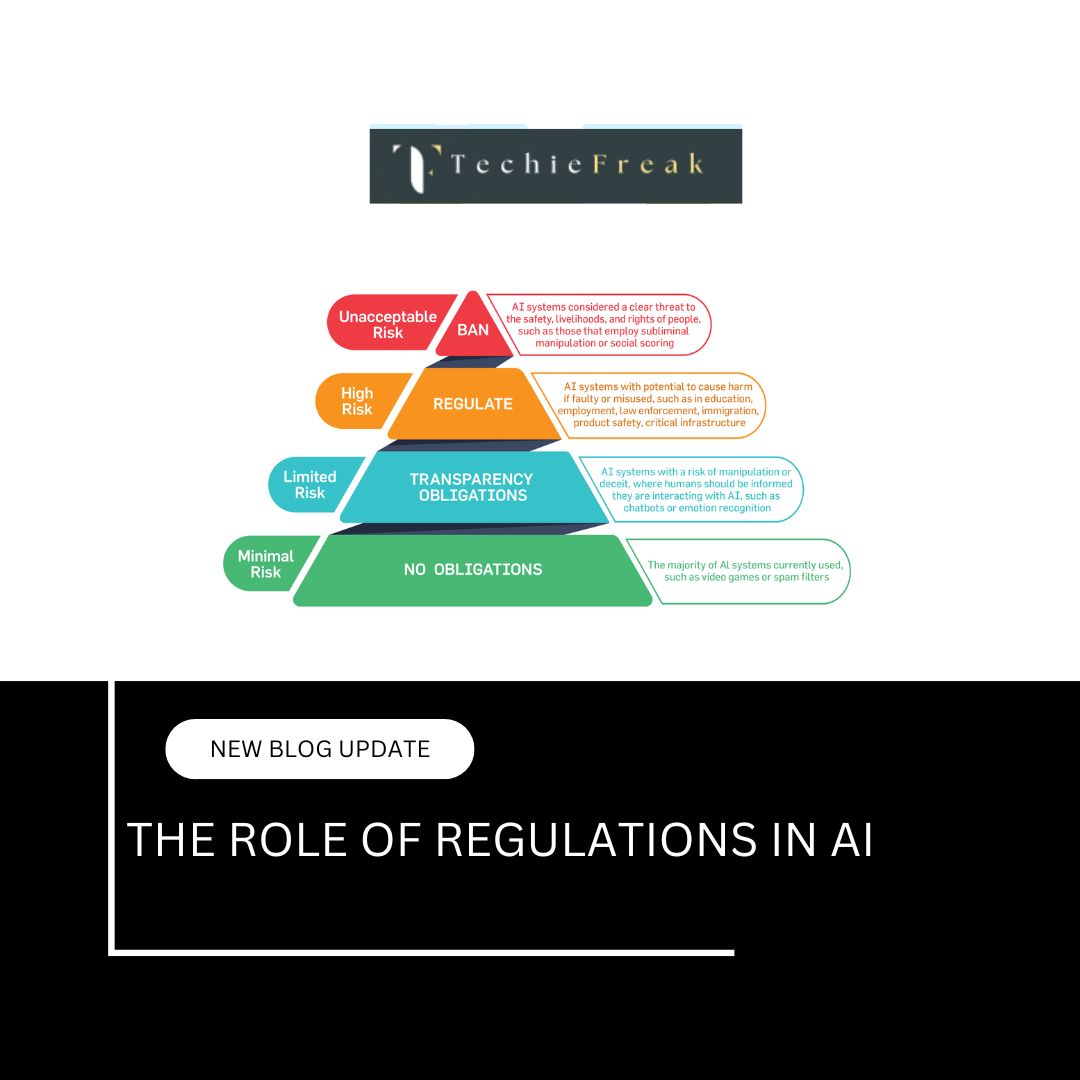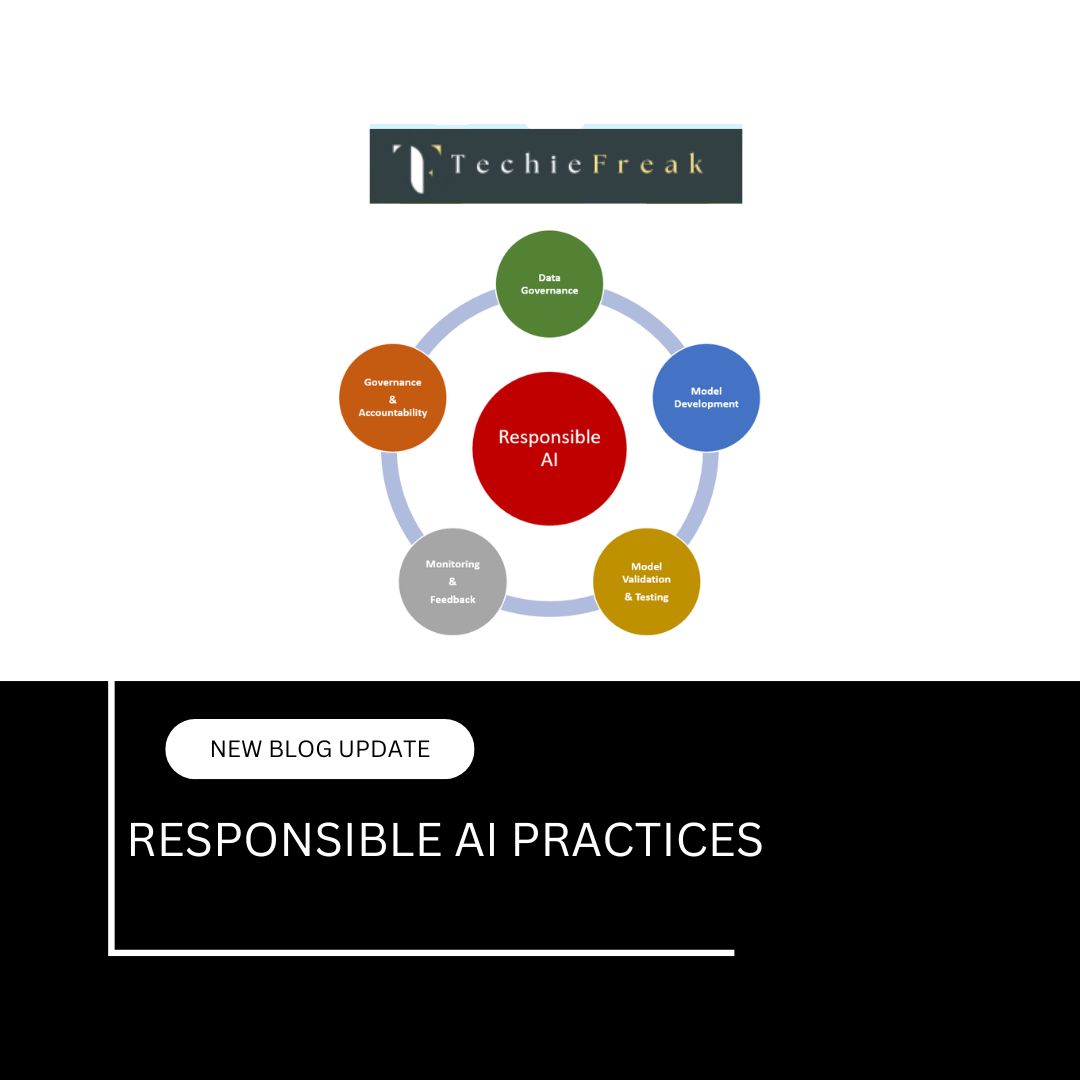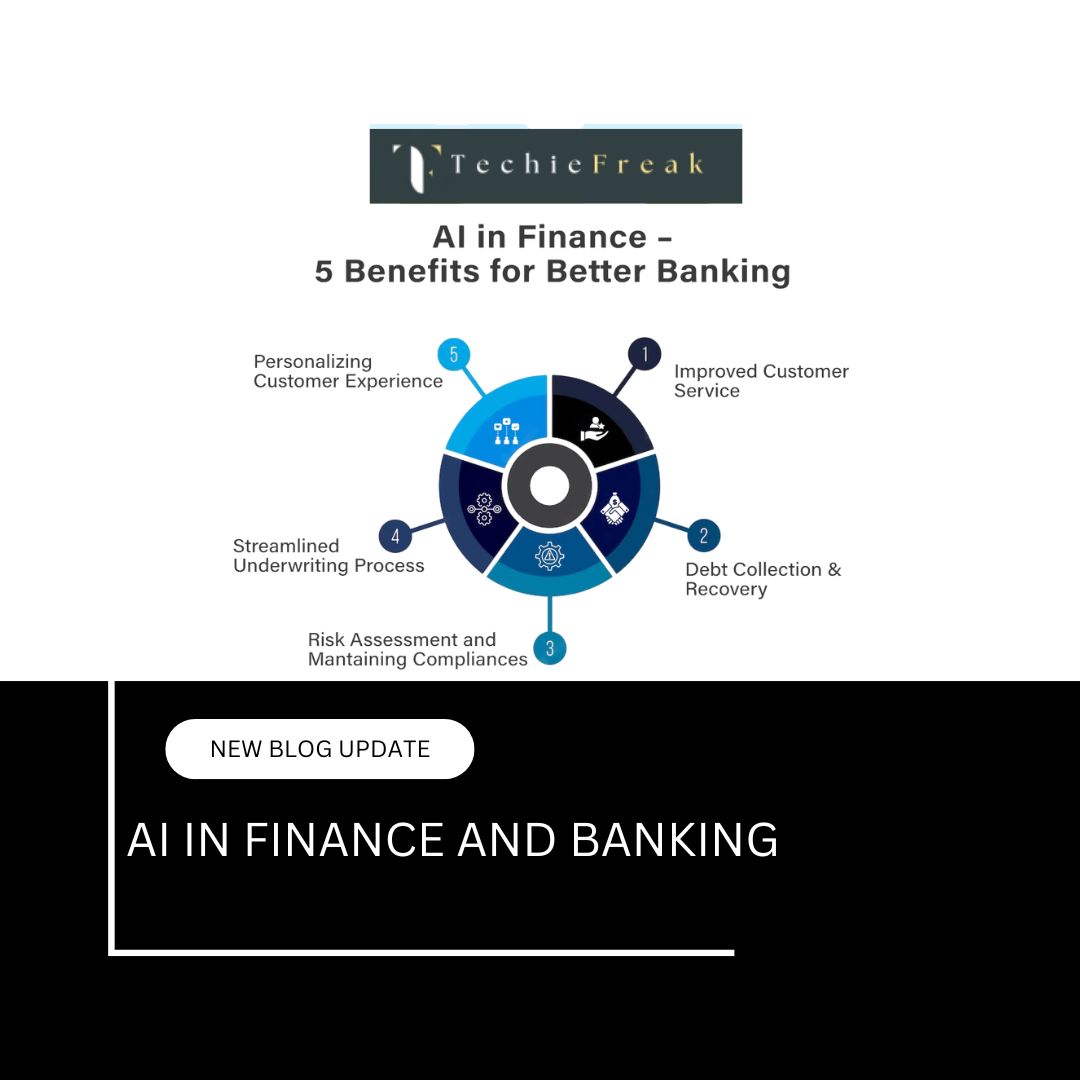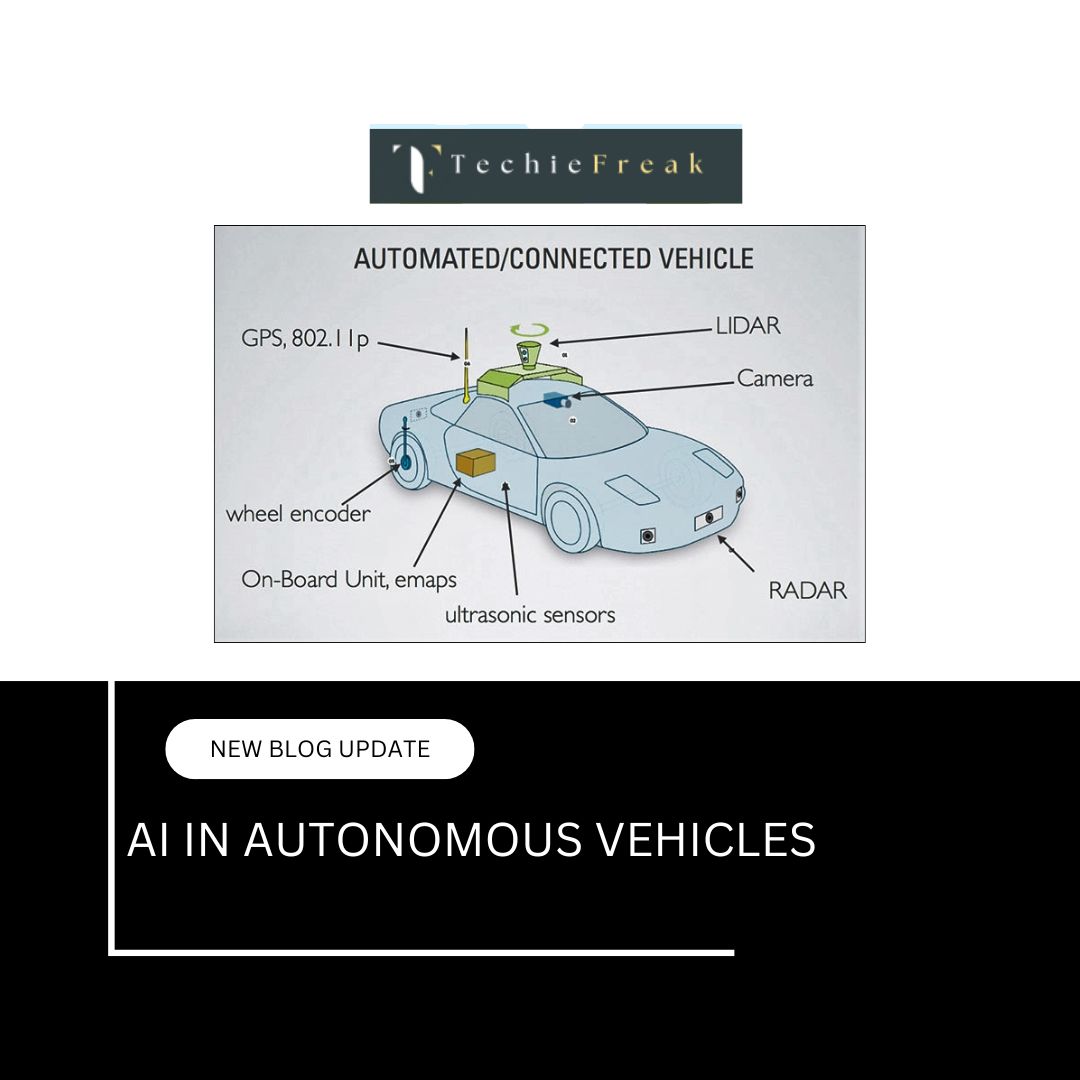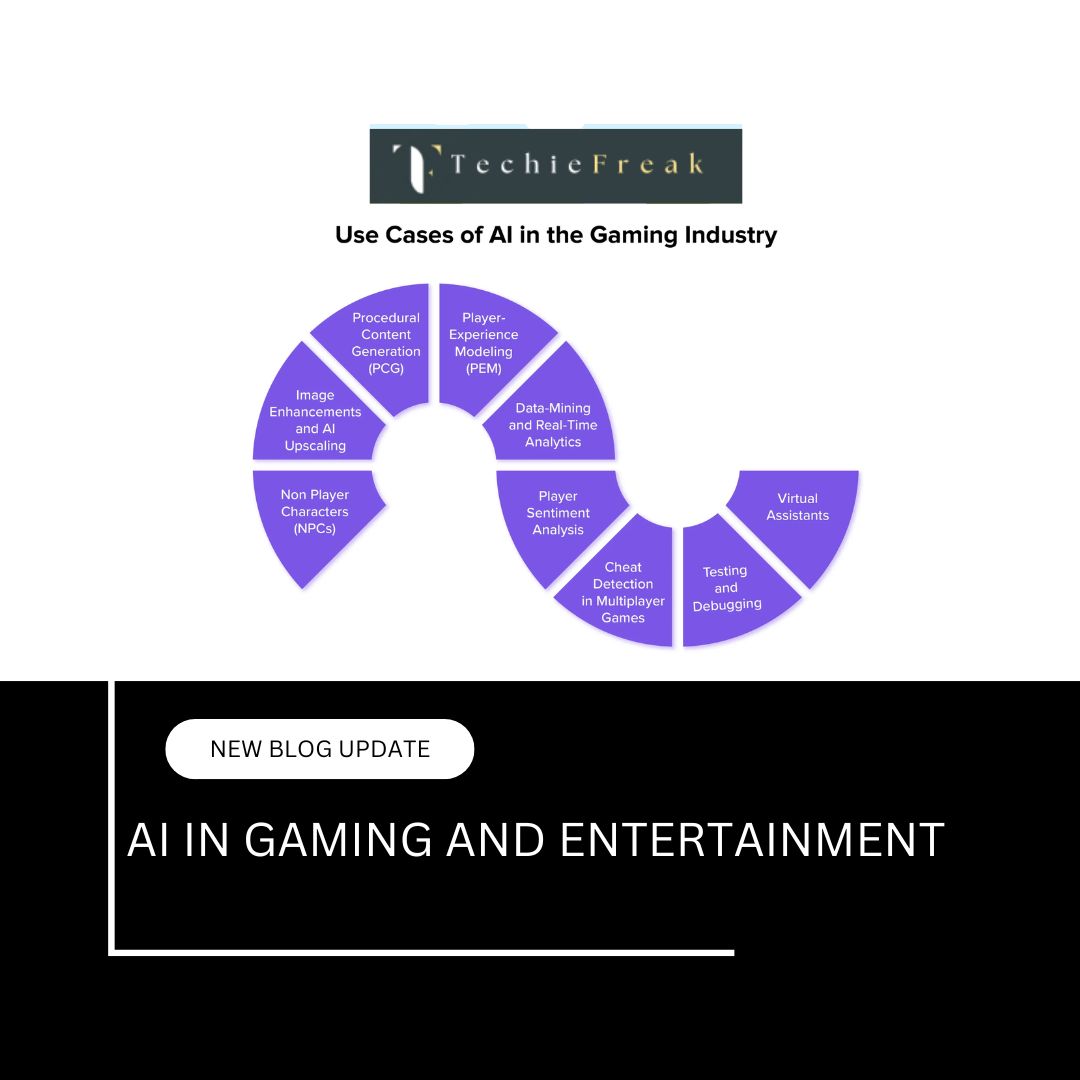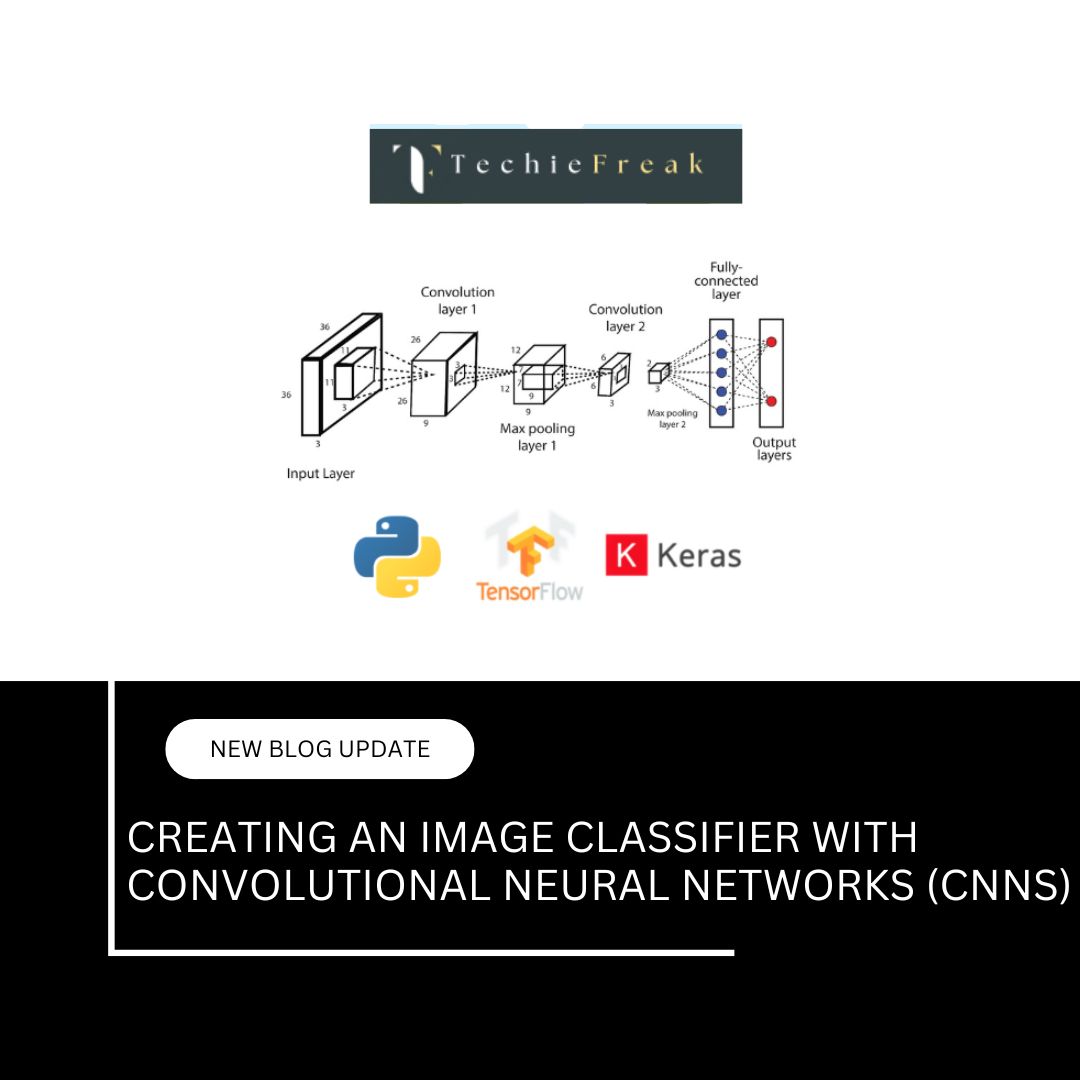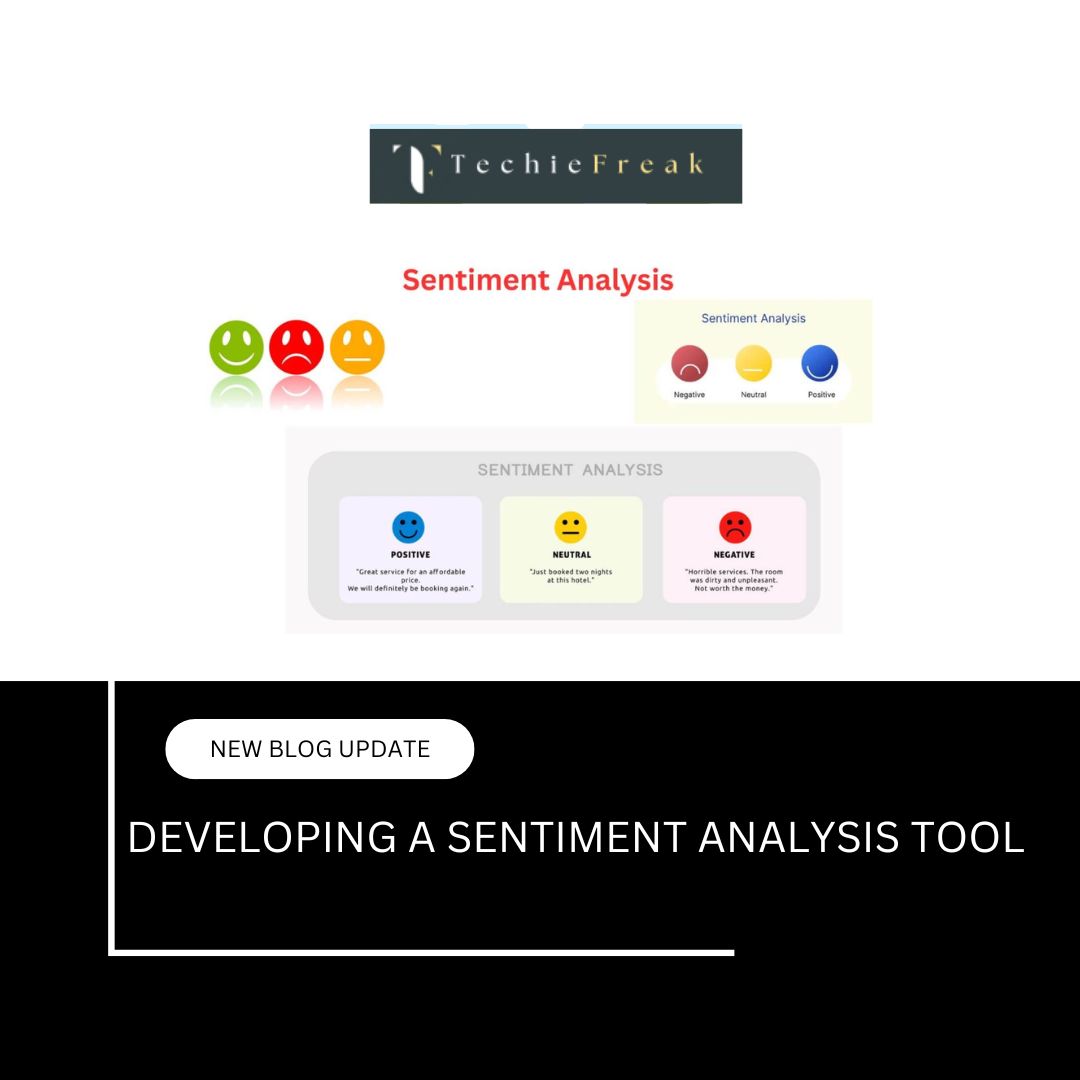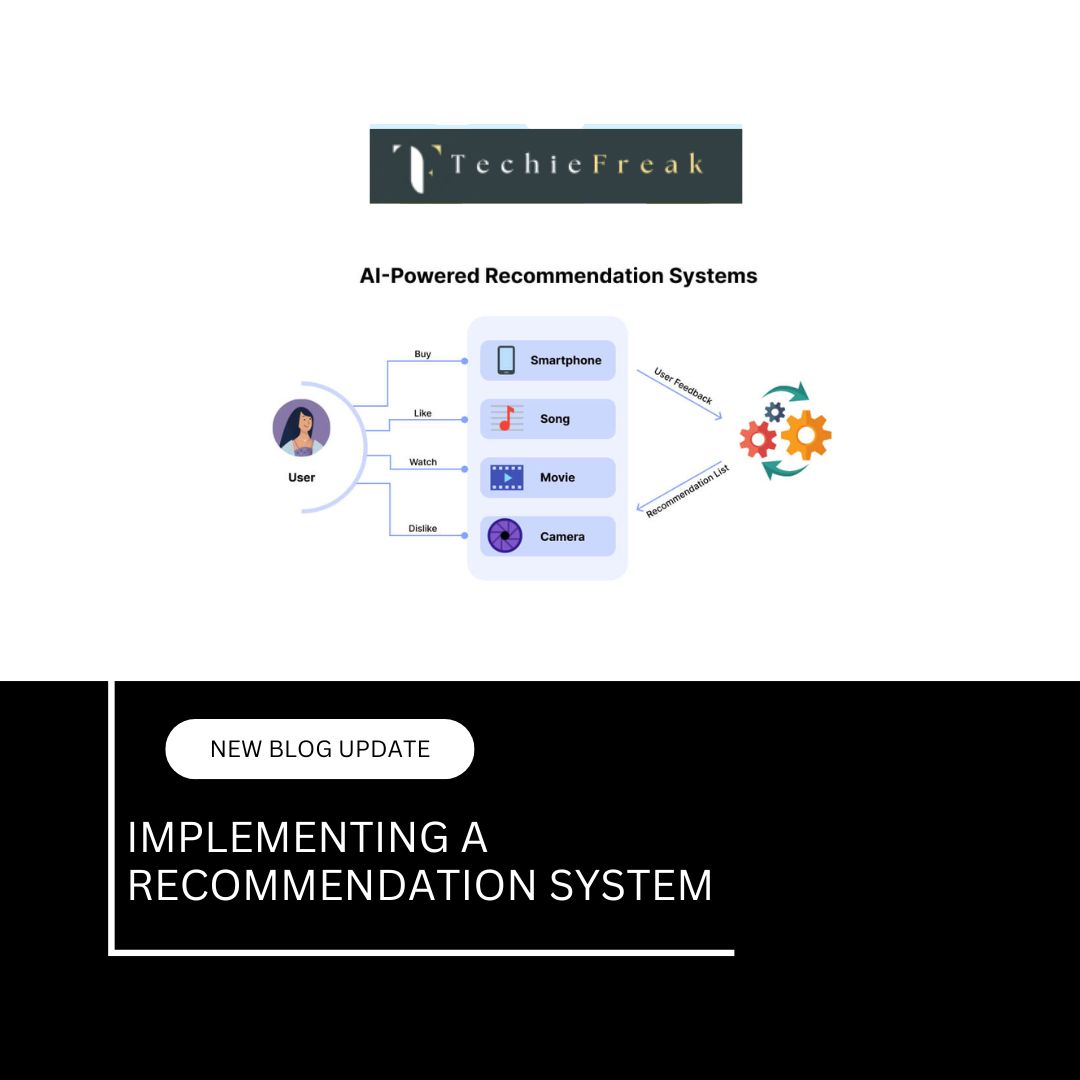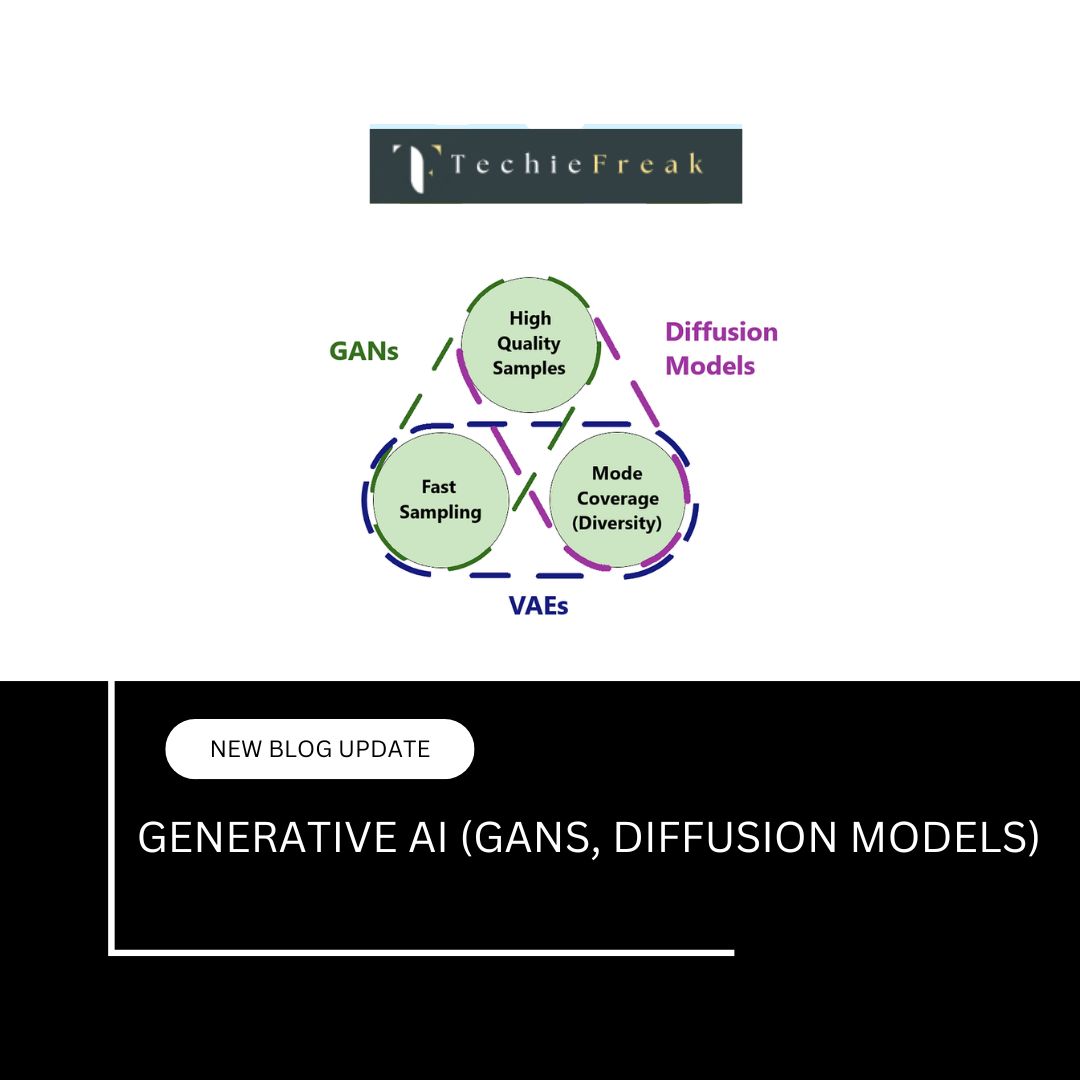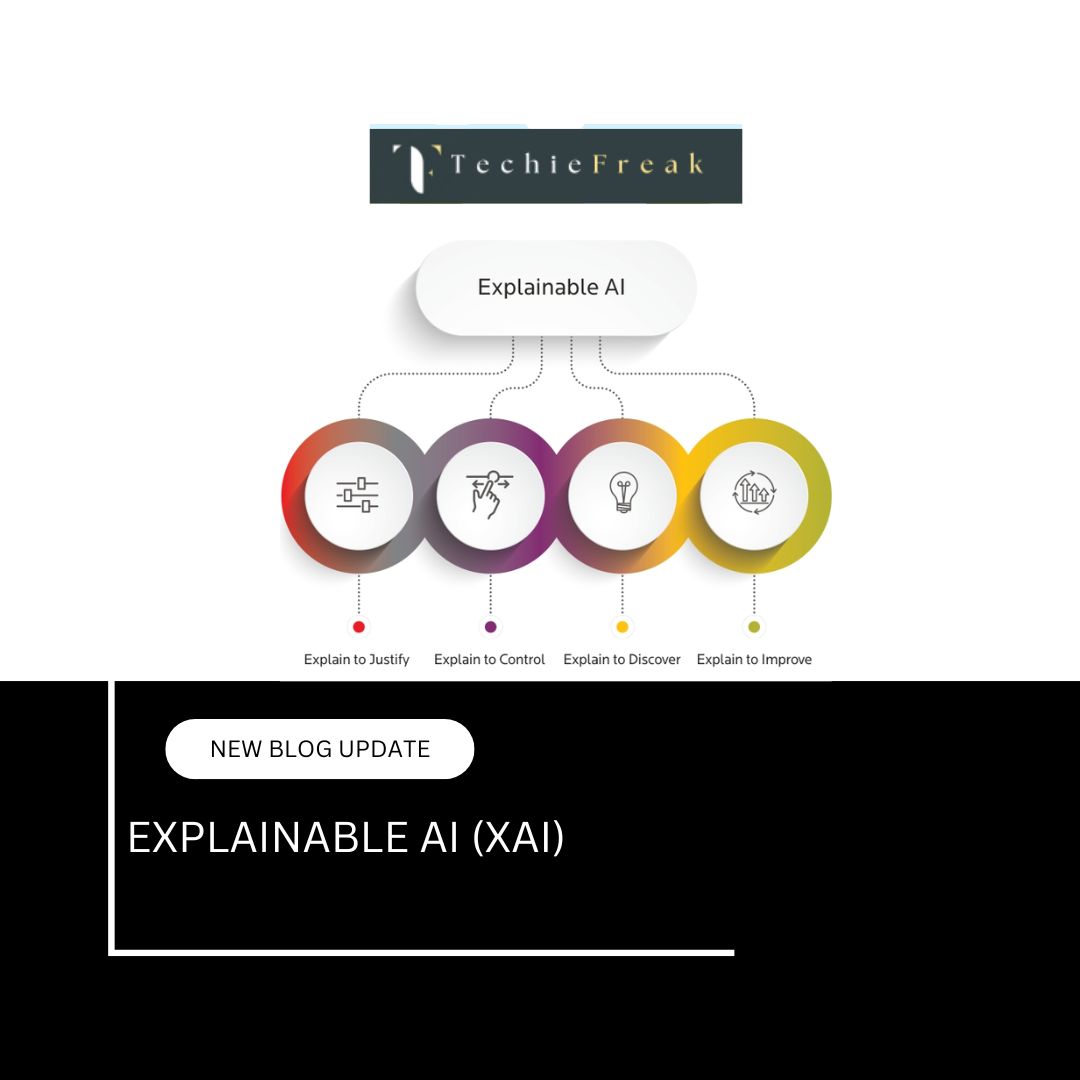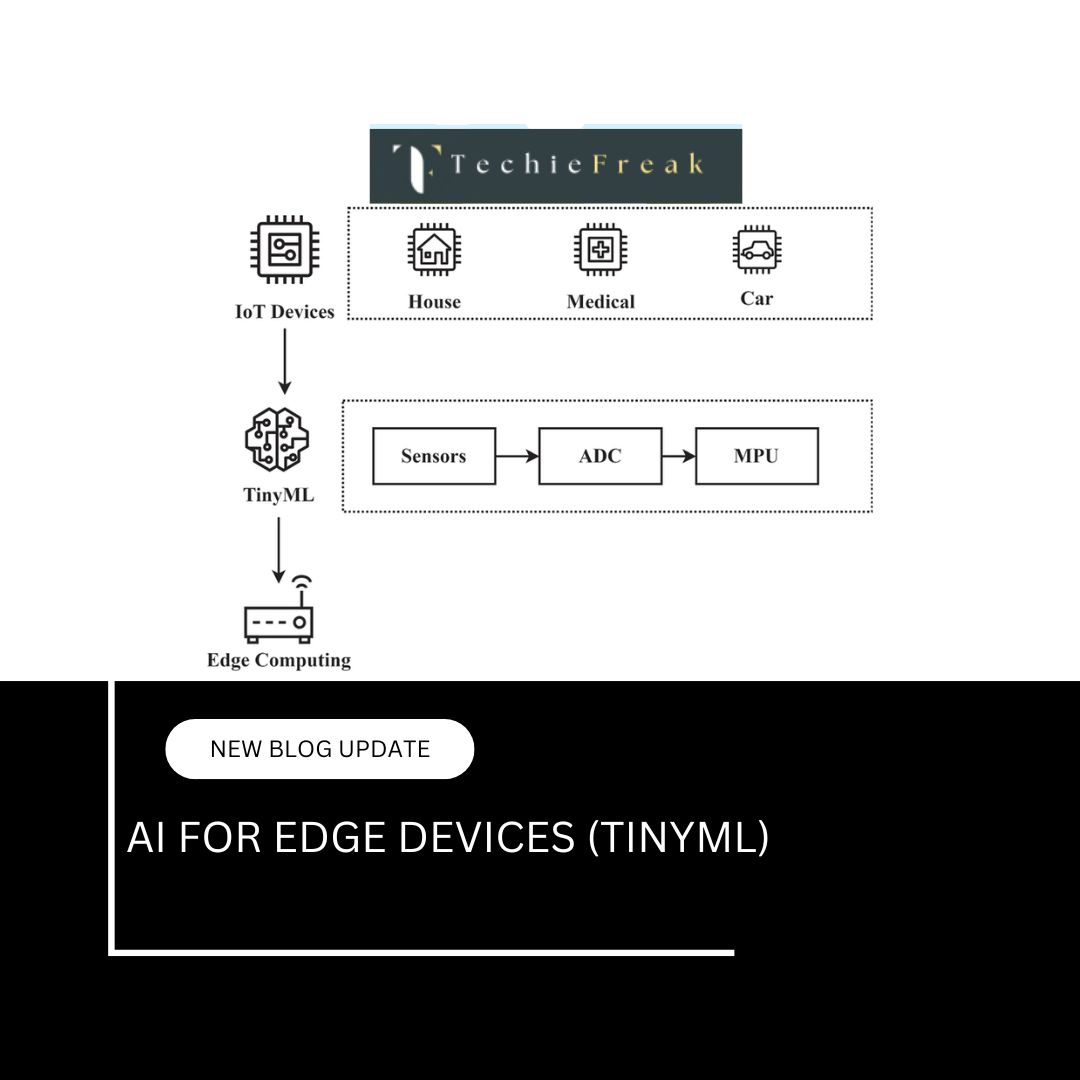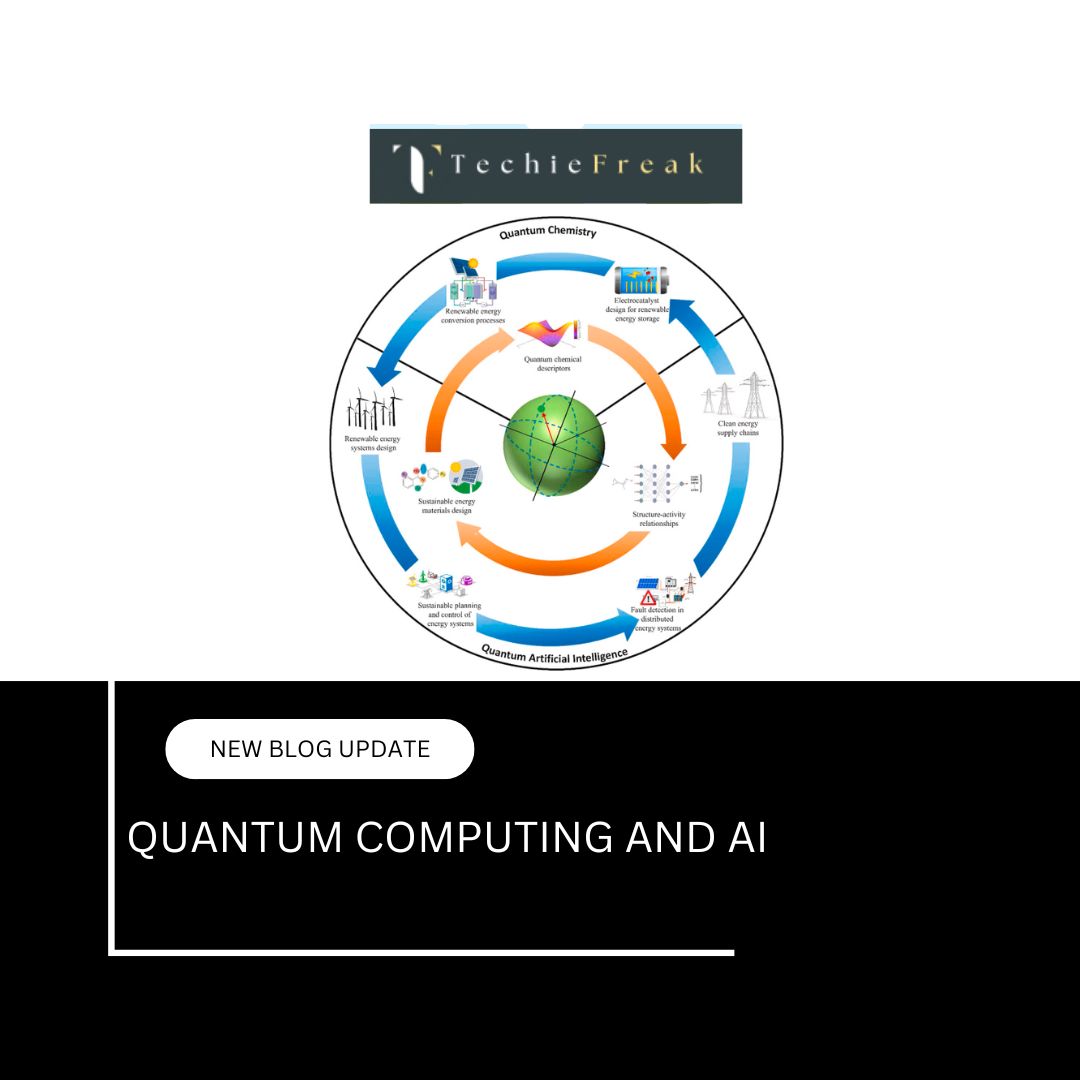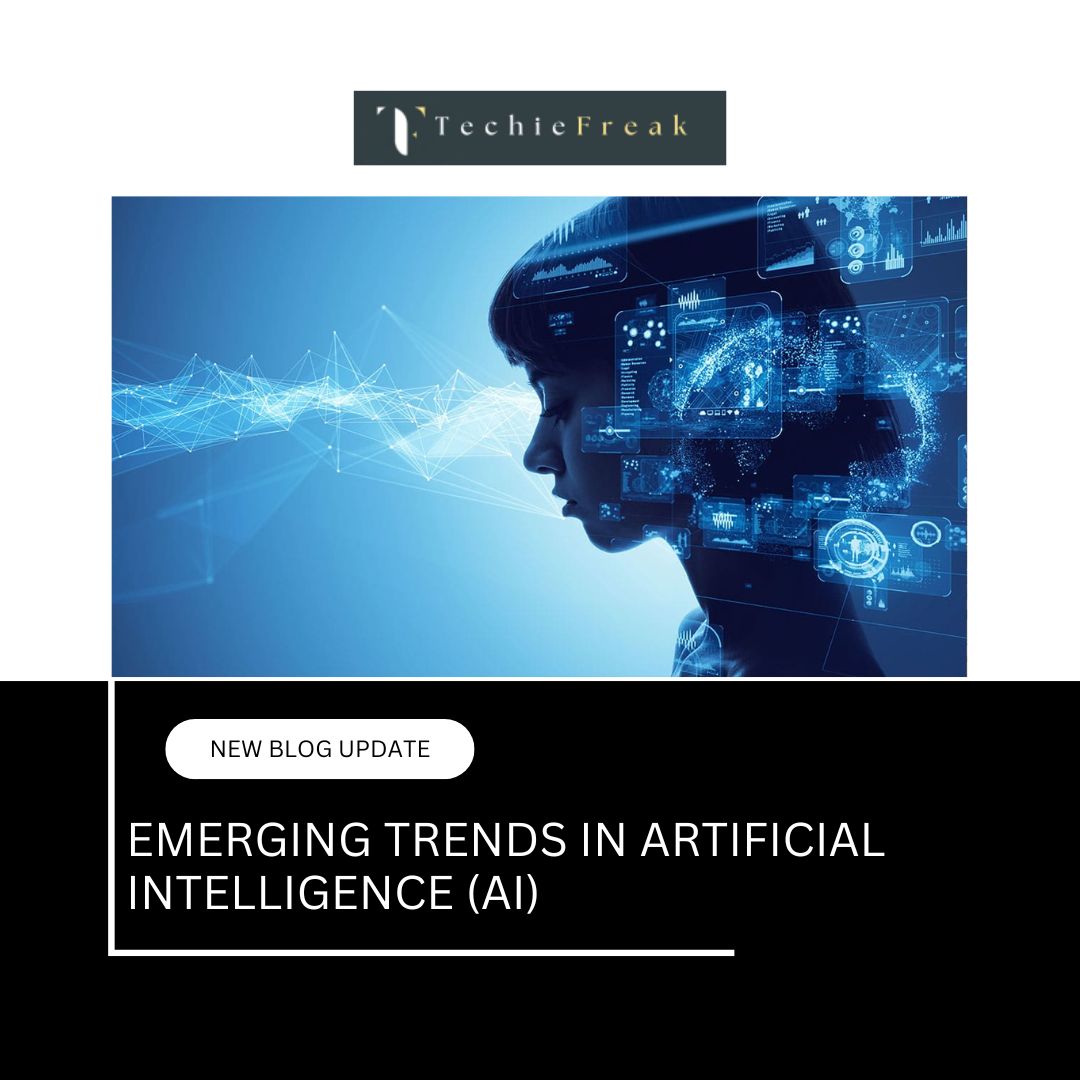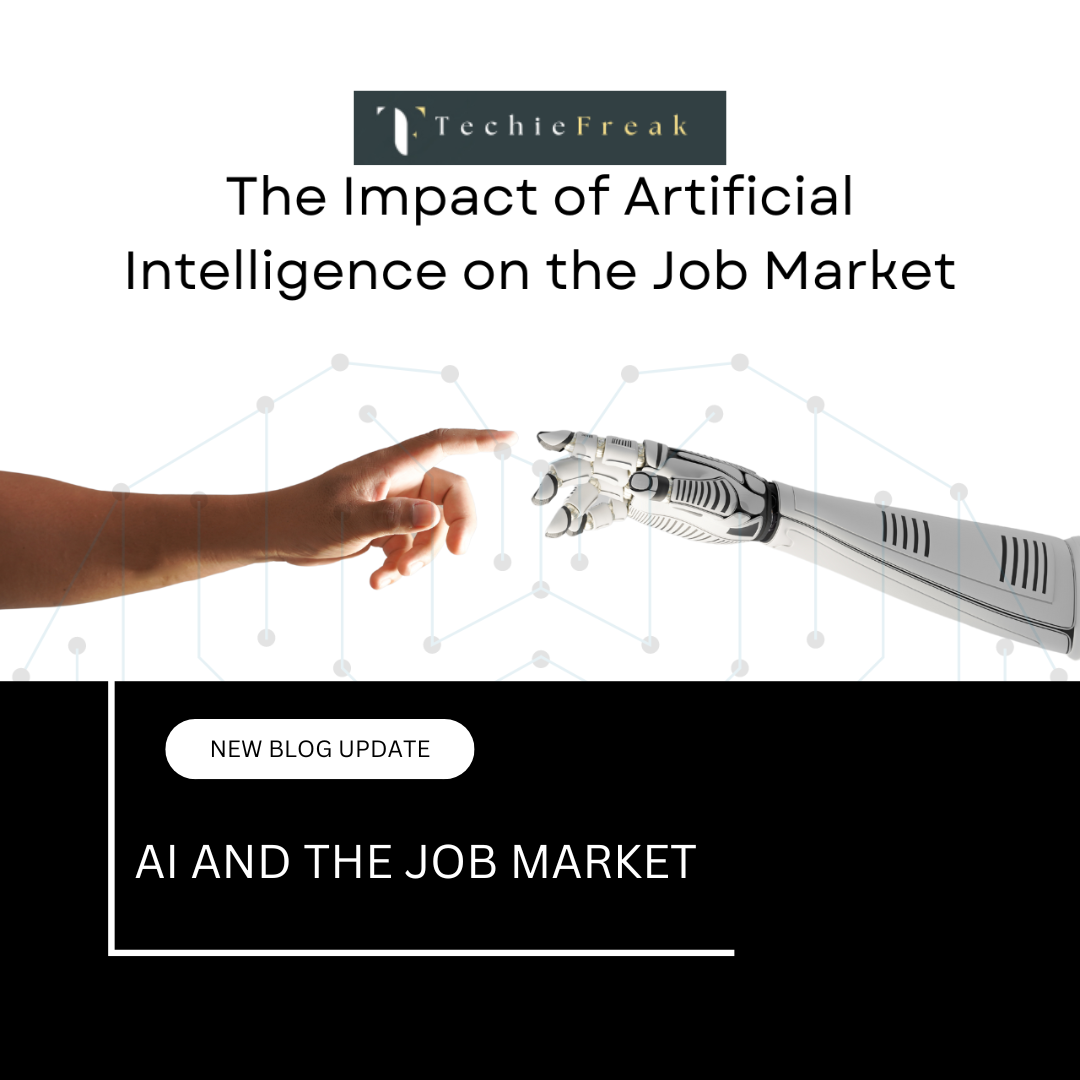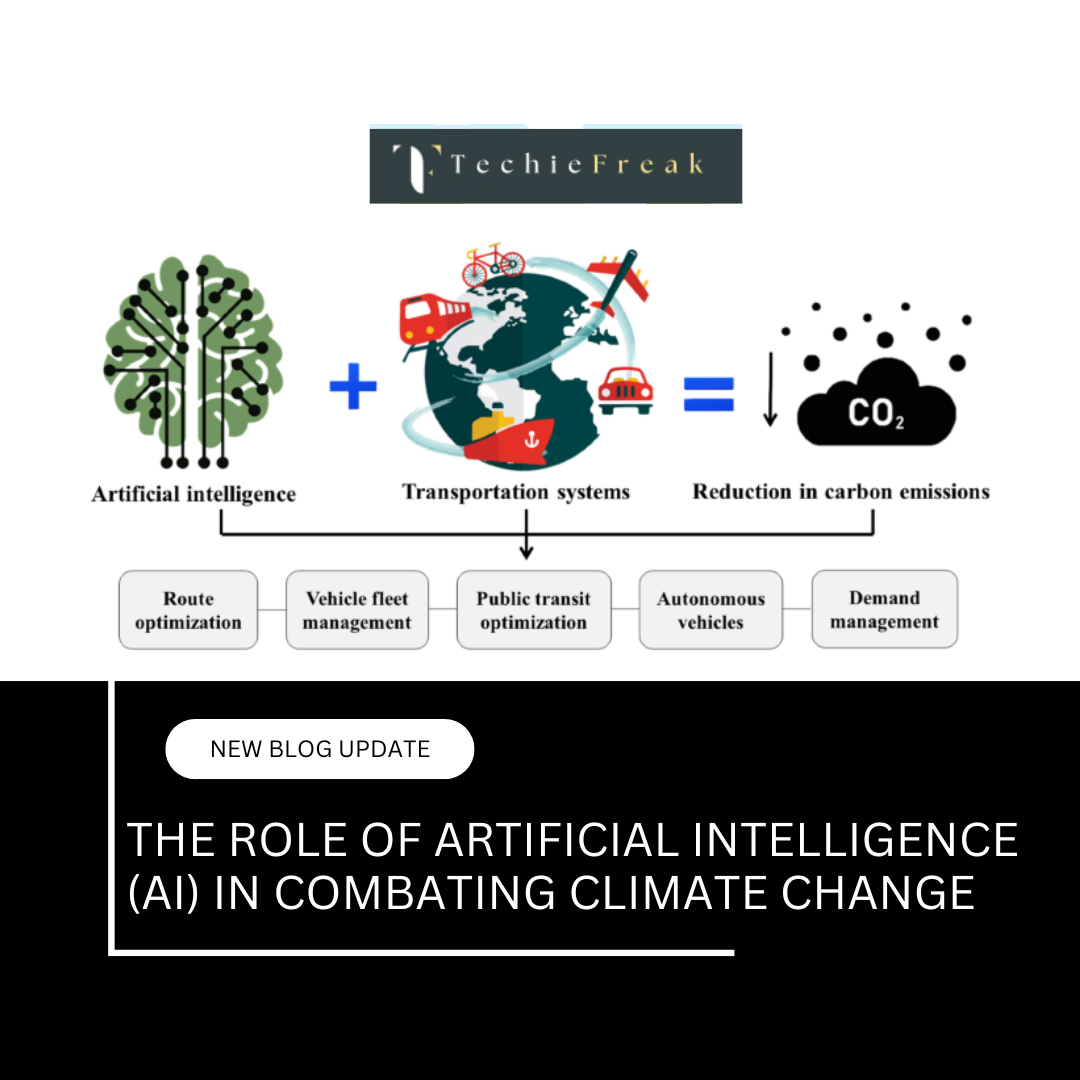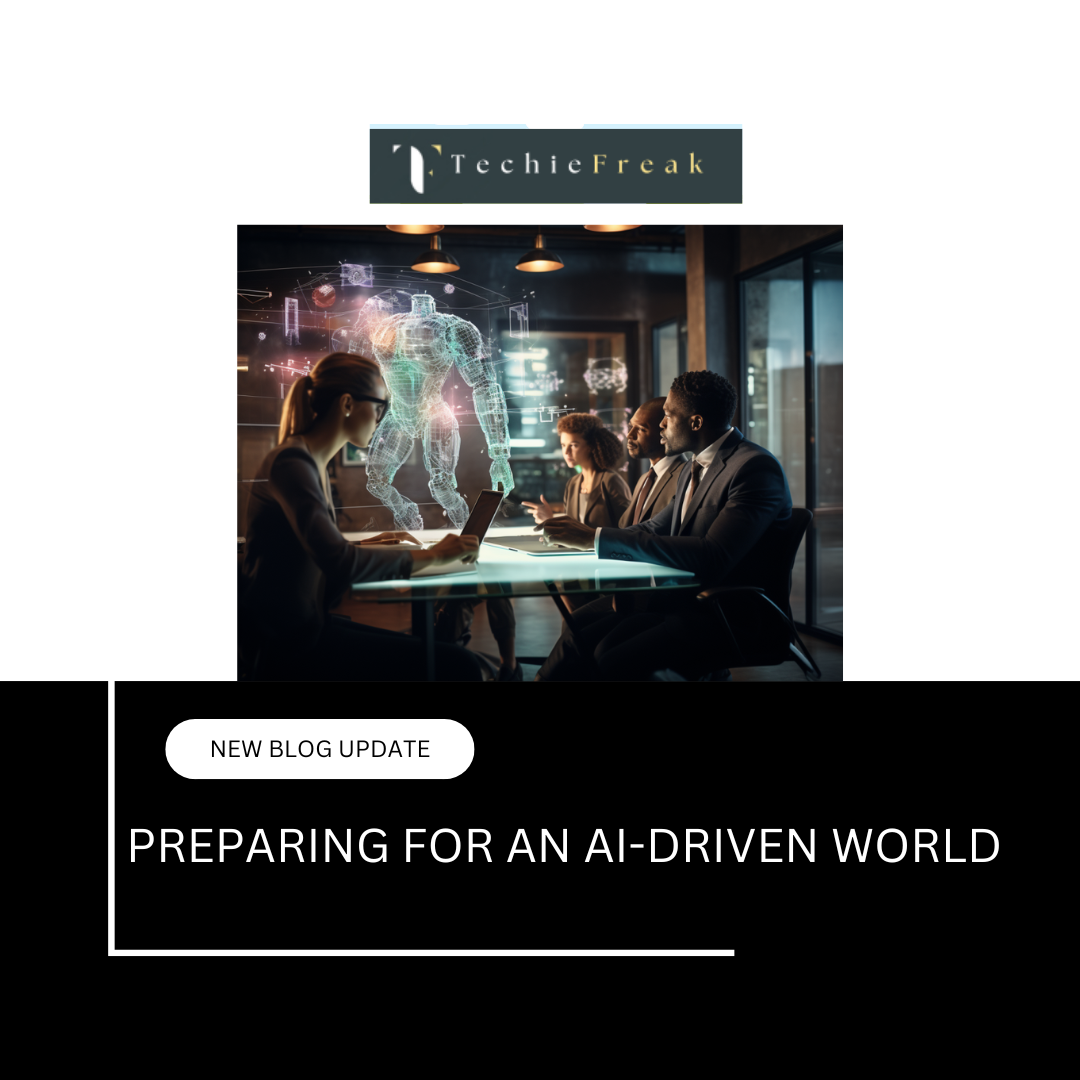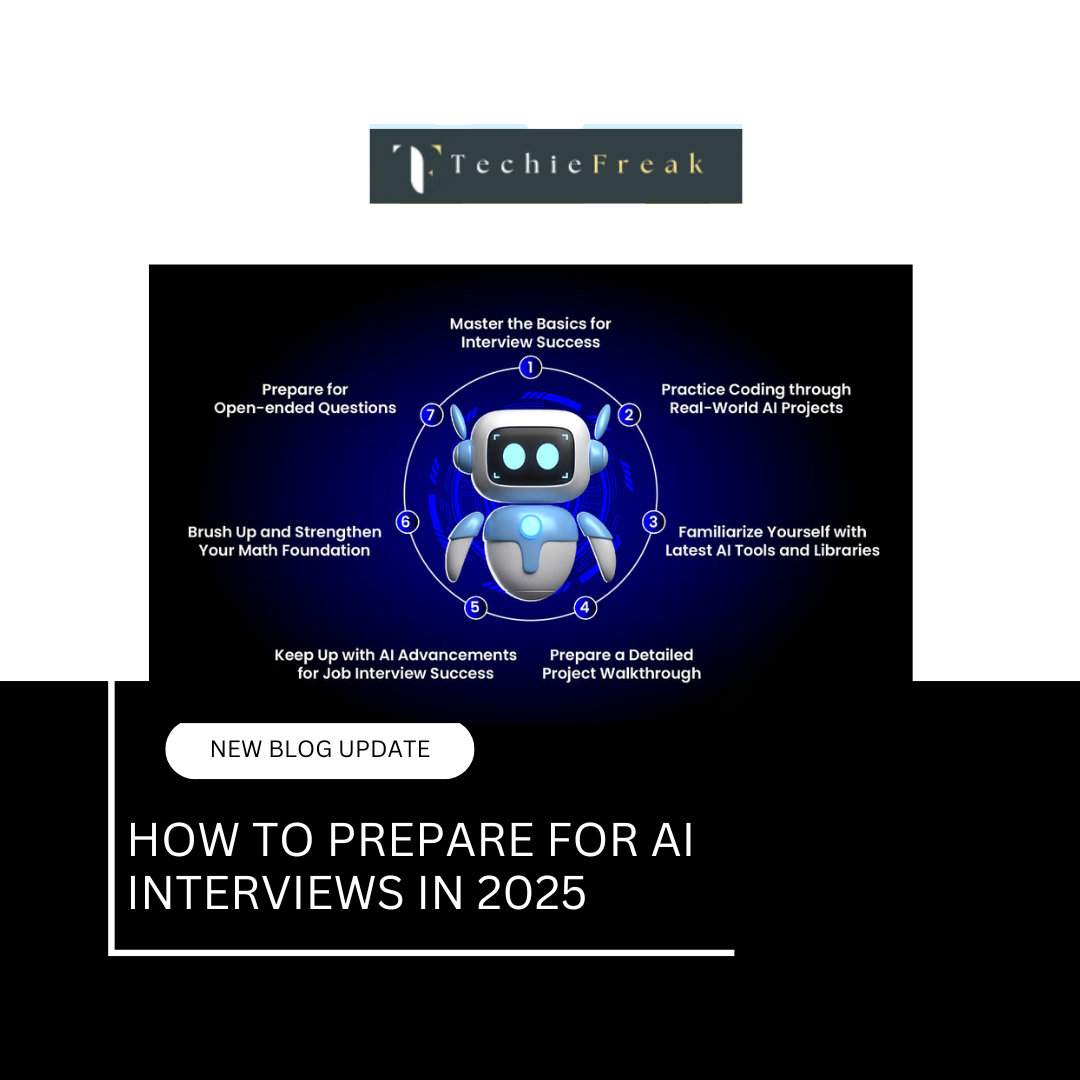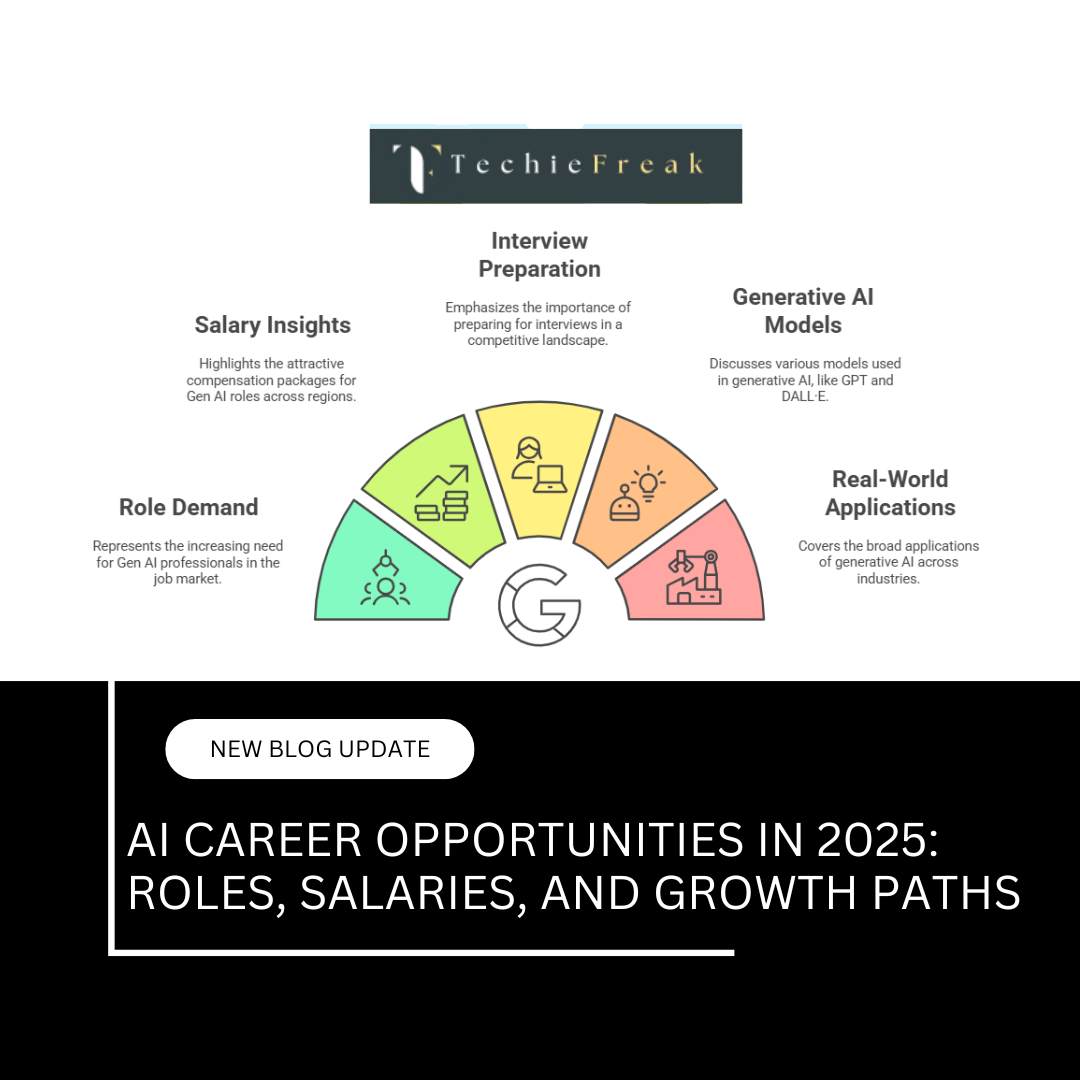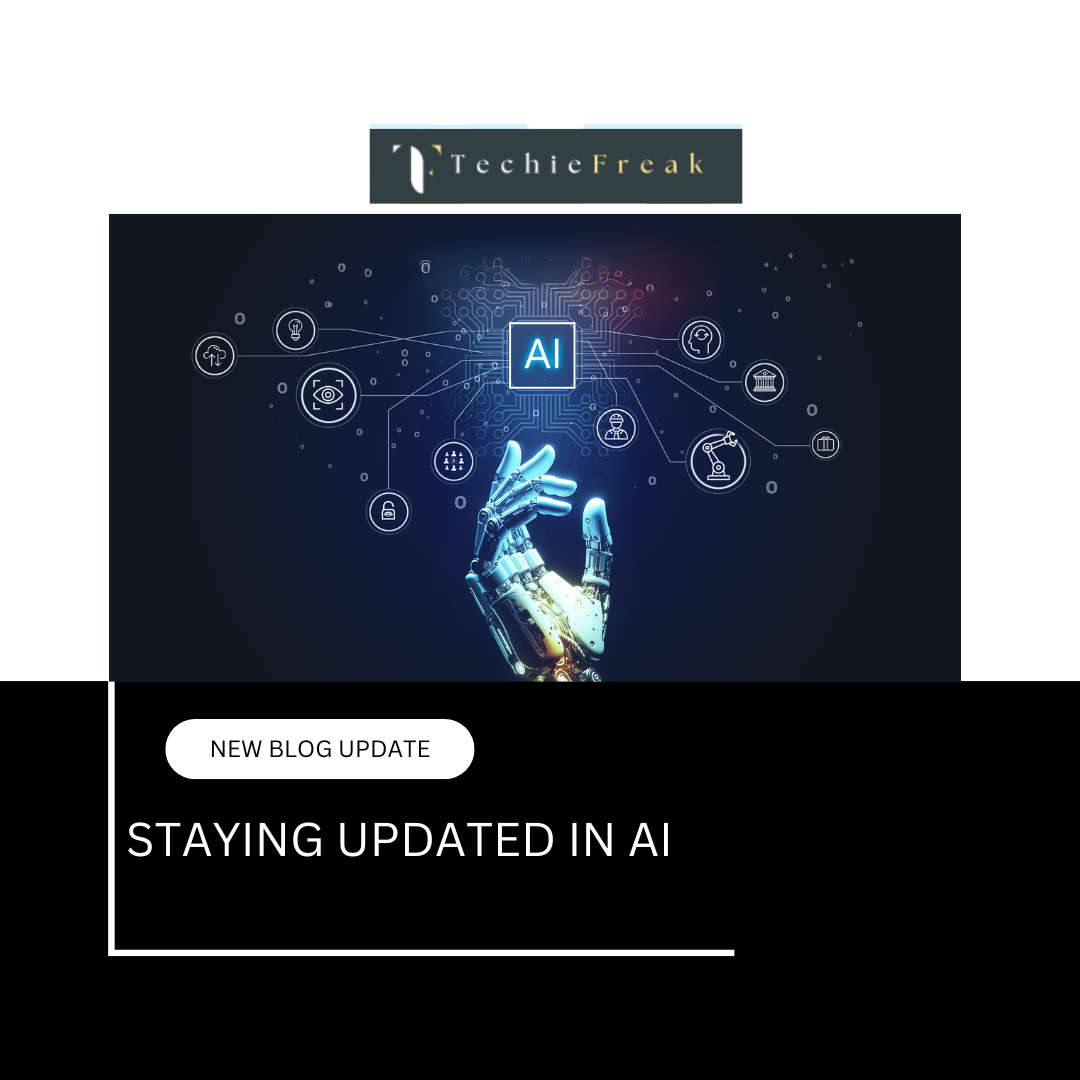Graph Theory and AI
Introduction to Graph Theory and Its Importance in AI
Graph theory is a crucial mathematical framework that enables AI systems to model and analyze relationships between different entities. It provides a structured way to represent data through graphs, consisting of nodes (vertices) and edges (connections). AI applications, such as social network analysis, recommendation systems, and fraud detection, heavily rely on graph-based representations to uncover patterns and optimize decision-making.
Graph Structures: Nodes, Edges, and Their Relationships in AI
Graphs are a fundamental data structure in AI and computer science, representing relationships between entities. They are widely used in network analysis, recommendation systems, knowledge graphs, and AI models.
1. Understanding Graph Components
Nodes (Vertices)
- Represent entities such as users, webpages, cities, or objects.
- Example: In a social network, each person is a node.
Edges (Connections)
- Define relationships between nodes.
- Example: In a social media platform, edges represent friendships or follow relationships.
Edges can have additional properties:
- Directed vs. Undirected Graphs
- Directed Graph (Digraph): Edges have a direction (e.g., Twitter follow system).
- Undirected Graph: Edges are bidirectional (e.g., Facebook friendships).
- Weighted Graphs: Each edge carries a value (e.g., distance between cities in a GPS system).
2. Types of Graphs Used in AI
1. Tree Graphs
- A special type of graph with a hierarchical structure, no cycles, and a single root node.
- Applications in AI:
- Decision Trees in machine learning for classification and regression.
- Hierarchical Clustering for grouping similar data points.
2. Bipartite Graphs
- A graph where nodes can be divided into two distinct sets, and edges only connect nodes from different sets.
- Applications in AI:
- Recommendation Systems: Connecting users and items (e.g., Netflix recommending movies based on past user interactions).
3. Cyclic and Acyclic Graphs
- Cyclic Graph: Contains at least one cycle (a path that starts and ends at the same node).
- Acyclic Graph: Does not contain cycles.
- Applications in AI:
- Scheduling Problems: Used in task planning and workflow automation.
- Bayesian Networks: Probabilistic models used for reasoning under uncertainty (e.g., medical diagnosis).
3. Real-World AI Applications of Graphs
A. Social Network Analysis
- AI algorithms analyze connections between users to detect communities, influencers, and fraud patterns.
- Example: Facebook's friend recommendation system uses graph theory to suggest friends.
B. Knowledge Graphs
- AI-powered knowledge graphs store structured information and relationships.
- Example: Google’s Knowledge Graph connects related concepts to improve search results.
C. Pathfinding and Navigation
- GPS systems use graph-based shortest path algorithms (e.g., Dijkstra’s algorithm, A* search).
- Example: Google Maps finds the best route between locations.
D. Fraud Detection
- AI models analyze graph structures in financial transactions to detect anomalous behavior.
- Example: Banks use graph-based AI models to prevent credit card fraud.
E. Natural Language Processing (NLP)
- Graphs help AI understand the relationships between words in text.
- Example: Word embeddings (e.g., Word2Vec, GloVe) use graph-based similarity models.
4. Python Implementation of Graphs in AI
Graph Representation Using NetworkX
import networkx as nx
import matplotlib.pyplot as plt
# Create a directed graph
G = nx.DiGraph()
# Add nodes (users)
G.add_nodes_from(["Alice", "Bob", "Charlie", "David"])
# Add edges (friendship connections)
G.add_edges_from([("Alice", "Bob"), ("Bob", "Charlie"), ("Charlie", "Alice"), ("Charlie", "David")])
# Draw the graph
plt.figure(figsize=(5,5))
nx.draw(G, with_labels=True, node_color='lightblue', edge_color='gray', node_size=3000, font_size=12)
plt.show()
Example: Shortest Path in a Weighted Graph (AI for Navigation)
import networkx as nx
# Create a weighted graph
G = nx.Graph()
G.add_weighted_edges_from([
("A", "B", 2),
("A", "C", 5),
("B", "C", 1),
("B", "D", 4),
("C", "D", 2),
])
# Find the shortest path from A to D
shortest_path = nx.shortest_path(G, source="A", target="D", weight="weight")
print("Shortest Path:", shortest_path)
How AI Uses Graph Theory: Social Networks, Knowledge Graphs, and More
Graph theory plays a crucial role in AI by modeling complex relationships and optimizing decision-making processes. AI applications use graphs to analyze networks, recommend content, detect fraud, and improve navigation systems. Below are some key applications of graph theory in AI.
1. Social Network Analysis
How Graphs Work in Social Media
- Social networks like Facebook, LinkedIn, and Twitter represent users as nodes and relationships (friendships, follows) as edges.
- AI algorithms analyze these connections using graph-based ranking models to detect influential users, suggest connections, and filter content.
AI-Powered Features
- Friend Suggestions: Platforms use graph traversal algorithms (e.g., Breadth-First Search, Depth-First Search) to suggest connections based on mutual friends.
- Community Detection: Clustering algorithms (e.g., Louvain method, Spectral Clustering) identify groups of users with shared interests.
- Post Ranking: PageRank algorithm (originally developed by Google) ranks content based on engagement and influence.
Example: Facebook Friend Suggestion System
- Facebook analyzes mutual friends and common interests using graph-based AI models to suggest new connections.
- AI detects communities based on strong connections, ensuring relevant suggestions.
2. Recommendation Systems
How Graphs Improve Recommendations
- Platforms like Netflix, Amazon, and Spotify use graph-based collaborative filtering to analyze user behavior and preferences.
- AI models create a bipartite graph, where one set of nodes represents users, and another set represents items (movies, products, or songs).
- Edges represent user interactions (e.g., watching a movie, purchasing a product).
AI-Powered Features
- Content-Based Filtering: Recommends items similar to those a user has already liked.
- Collaborative Filtering: Suggests items based on the preferences of users with similar tastes.
Example: Netflix Movie Recommendation
- Netflix builds a user-movie interaction graph where AI models analyze connections between similar users and movies.
- Graph Neural Networks (GNNs) help improve recommendation accuracy.
3. Knowledge Graphs in AI
What is a Knowledge Graph?
- A knowledge graph is a network of connected entities (e.g., people, places, concepts) where edges represent relationships.
- Google Search and virtual assistants (Siri, Alexa, Google Assistant) use knowledge graphs to enhance search accuracy and provide relevant responses.
AI-Powered Features
- Google’s Knowledge Graph: Connects people, events, companies, and concepts to display rich search results.
- Chatbots and Virtual Assistants: Use knowledge graphs to understand user queries and provide contextual answers.
- Enterprise AI: Businesses use knowledge graphs for customer support automation, fraud detection, and semantic search.
Example: Google Search Knowledge Panel
- If you search for "Elon Musk," Google retrieves structured information from a knowledge graph to display biography, companies, and related searches.
4. Fraud Detection Using Graph Theory
How Graphs Detect Fraudulent Transactions
- Banks and financial institutions use graph-based AI models to identify suspicious activity.
- AI constructs a transaction graph where:
- Nodes represent accounts or users.
- Edges represent transactions.
- Weights indicate transaction frequency or amount.
AI-Powered Features
- Anomaly Detection: AI detects unusual transaction patterns using Graph Neural Networks (GNNs).
- Link Prediction: Identifies hidden relationships between fraudulent entities.
- Subgraph Analysis: Detects fraudulent networks by analyzing dense clusters of suspicious accounts.
Example: Credit Card Fraud Prevention
- AI tracks user spending patterns using graph-based anomaly detection.
- If a user in India suddenly makes a high-value purchase in another country, the system flags it as potential fraud.
5. Pathfinding Algorithms for Navigation & AI
How AI Uses Graphs for Navigation
- Self-driving cars, GPS navigation, and robotics use graph-based shortest path algorithms to find optimal routes.
- The road network is modeled as a graph where:
- Nodes represent intersections or locations.
- Edges represent roads, with weights indicating distance or time.
AI-Powered Features
- Dijkstra’s Algorithm: Finds the shortest path between two locations.
- A (A-Star) Algorithm:* Optimized for real-time navigation.
- Graph Search in Robotics: AI-powered robots navigate warehouses using graph traversal methods.
Example: Google Maps Navigation
- AI models analyze traffic data and road conditions using real-time graph updates.
- Dijkstra’s algorithm finds the fastest route, avoiding traffic congestion.
Python Example: Graph-Based Shortest Path Algorithm
Finding the Shortest Route Using Dijkstra’s Algorithm
import networkx as nx
# Create a graph
G = nx.Graph()
# Add weighted edges (roads with distances)
G.add_weighted_edges_from([
("A", "B", 4), ("A", "C", 2), ("B", "C", 5),
("B", "D", 10), ("C", "D", 3), ("D", "E", 8)
])
# Compute the shortest path from A to E
shortest_path = nx.shortest_path(G, source="A", target="E", weight="weight")
print("Shortest Path:", shortest_path)
Output:
Shortest Path: ['A', 'C', 'D', 'E']
Graph Neural Networks (GNNs): The Future of AI-Powered Graph Learning
Graph Neural Networks (GNNs) are a breakthrough in AI that extend deep learning to graph-structured data. Traditional neural networks struggle with graph-based relationships, but GNNs leverage message-passing mechanisms to understand complex node connections. This makes them ideal for recommendation systems, fraud detection, drug discovery, and more.
Graph Neural Networks (GNNs) are a type of neural network specifically designed to work with graph-structured data. Unlike traditional neural networks that process data in fixed structures like grids (e.g., CNNs for images or RNNs for sequences), GNNs operate on graphs, where the data is represented as nodes and edges.
How GNNs Work:
- Node Representation (Embeddings):
- Each node in the graph is assigned an initial feature vector that represents its properties (e.g., a person's profile in a social network or an atom's type in a molecule).
- Message Passing (Aggregation & Update):
- Nodes exchange information with their neighbors via edges in multiple rounds (or "hops").
- Each node aggregates the features of its neighboring nodes and updates its own representation.
- This allows nodes to capture not just their own information but also the influence of their surroundings.
- Graph Convolution:
- Similar to convolution in CNNs, GNNs apply learnable filters over the graph structure to extract meaningful patterns.
- These filters help the model learn relationships and dependencies between nodes.
- Pooling (Graph-Level Representation):
- After multiple message-passing steps, the node representations are pooled together to form a single representation of the entire graph (if needed).
- This is useful for tasks like graph classification (e.g., predicting molecular properties).
- Prediction:
- The final node or graph representations can be used for various tasks, such as:
- Node classification (e.g., predicting whether a user is a bot in a social network).
- Link prediction (e.g., predicting future friendships or financial fraud detection).
- Graph classification (e.g., classifying molecules as toxic or non-toxic).
- The final node or graph representations can be used for various tasks, such as:
Example Applications:
- Social Networks: Predicting friend recommendations based on user interactions.
- Molecular Chemistry: Predicting drug effectiveness by analyzing molecular structures.
- Finance & Fraud Detection: Identifying suspicious transactions by analyzing money transfer networks.
- Recommendation Systems: Understanding user-item interactions for better recommendations.
GNNs are powerful because they allow deep learning models to capture the relationships in complex, interconnected data, making them ideal for any scenario where data is structured as a graph.
Key Features of GNNs
Node Embeddings
- GNNs convert nodes into vector representations (embeddings) to capture their properties.
- These embeddings help AI models classify, predict, and recommend based on graph structures.
Message Passing
- Nodes exchange information with their neighbors to learn from their surroundings.
- Each node aggregates data from connected nodes to enhance prediction accuracy.
Graph Convolutional Networks (GCNs)
- GCNs apply convolution operations on graphs, similar to CNNs for images.
- These extract relevant features from graph data, improving model performance.
Applications of GNNs
1. Molecular Property Prediction (Drug Discovery)
- GNNs analyze molecular structures by modeling atoms as nodes and bonds as edges.
- AI predicts chemical properties, toxicity, and potential drug interactions.
Example:
- GNN-based models (e.g., DeepChem, ChemProp) assist pharmaceutical companies in drug discovery and protein interaction analysis.
2. Cybersecurity & Fraud Detection
- Financial institutions use GNNs to detect suspicious transactions in banking networks.
- Cybersecurity firms apply GNNs to identify malware patterns and network intrusions.
Example:
- PayPal and Mastercard use graph-based fraud detection to track money laundering activities.
- AI models analyze transaction graphs to flag abnormal patterns.
3. Social Network Analysis & Recommendation Systems
- Platforms like Facebook, LinkedIn, and TikTok use GNNs to improve friend suggestions and content recommendations.
- AI predicts user interests and behaviors based on graph relationships.
Example:
- Pinterest’s PinSage Algorithm uses GNNs for image and product recommendations.
- Spotify applies GNNs to suggest songs by analyzing user interaction graphs.
4. Epidemiology & Disease Spread Prediction
- GNNs model contact networks to predict the spread of diseases.
- AI helps public health organizations track virus transmission and optimize vaccination strategies.
Example:
- COVID-19 Research: AI models predicted infection hotspots by analyzing human interaction graphs.
- WHO uses GNNs to simulate pandemic spread and intervention effectiveness.
Python Example: Graph Neural Networks with PyTorch Geometric
Below is a basic example of using PyTorch Geometric to train a GNN on a simple graph dataset.
import torch
import torch.nn.functional as F
from torch_geometric.nn import GCNConv
from torch_geometric.data import Data
# Define a simple graph (3 nodes, 2 edges)
edge_index = torch.tensor([[0, 1], [1, 2]], dtype=torch.long).t() # Connections: (0-1, 1-2)
x = torch.tensor([[1], [2], [3]], dtype=torch.float) # Node features
# Create Graph Data object
data = Data(x=x, edge_index=edge_index)
# Define a GNN Model
class GCN(torch.nn.Module):
def __init__(self):
super(GCN, self).__init__()
self.conv1 = GCNConv(1, 2) # Input size=1, Output size=2
def forward(self, data):
x, edge_index = data.x, data.edge_index
x = self.conv1(x, edge_index)
return F.relu(x)
# Initialize and run the model
model = GCN()
output = model(data)
print("Node embeddings:\n", output.detach().numpy())
What This Code Does:
- Defines a graph with 3 nodes and 2 edges.
- Uses GCNConv to process graph features.
- Outputs node embeddings, which capture the relationships between nodes.
Real-World Applications of Graph Theory in AI
Graph-based AI solutions are transforming various industries:
- Healthcare: AI-powered graphs assist in diagnosing diseases and predicting patient outcomes.
- Financial Services: Detect fraudulent transactions and model credit risk.
- E-commerce: Personalizes recommendations based on browsing history and user interactions.
- Autonomous Systems: Enhances route optimization in logistics and transportation.
Graph theory continues to revolutionize AI by providing a powerful framework to model, analyze, and interpret complex relationships. As AI evolves, graph-based learning will play a crucial role in advancing machine learning applications.
Key Takeaways
Graph theory plays a crucial role in AI by modeling complex relationships and optimizing decision-making processes. AI applications use graphs to analyze networks, recommend content, detect fraud, and improve navigation systems. With advancements in Graph Neural Networks (GNNs), AI is now capable of understanding highly intricate relationships, making graph-based learning a powerful tool for the future of artificial intelligence.
.png)
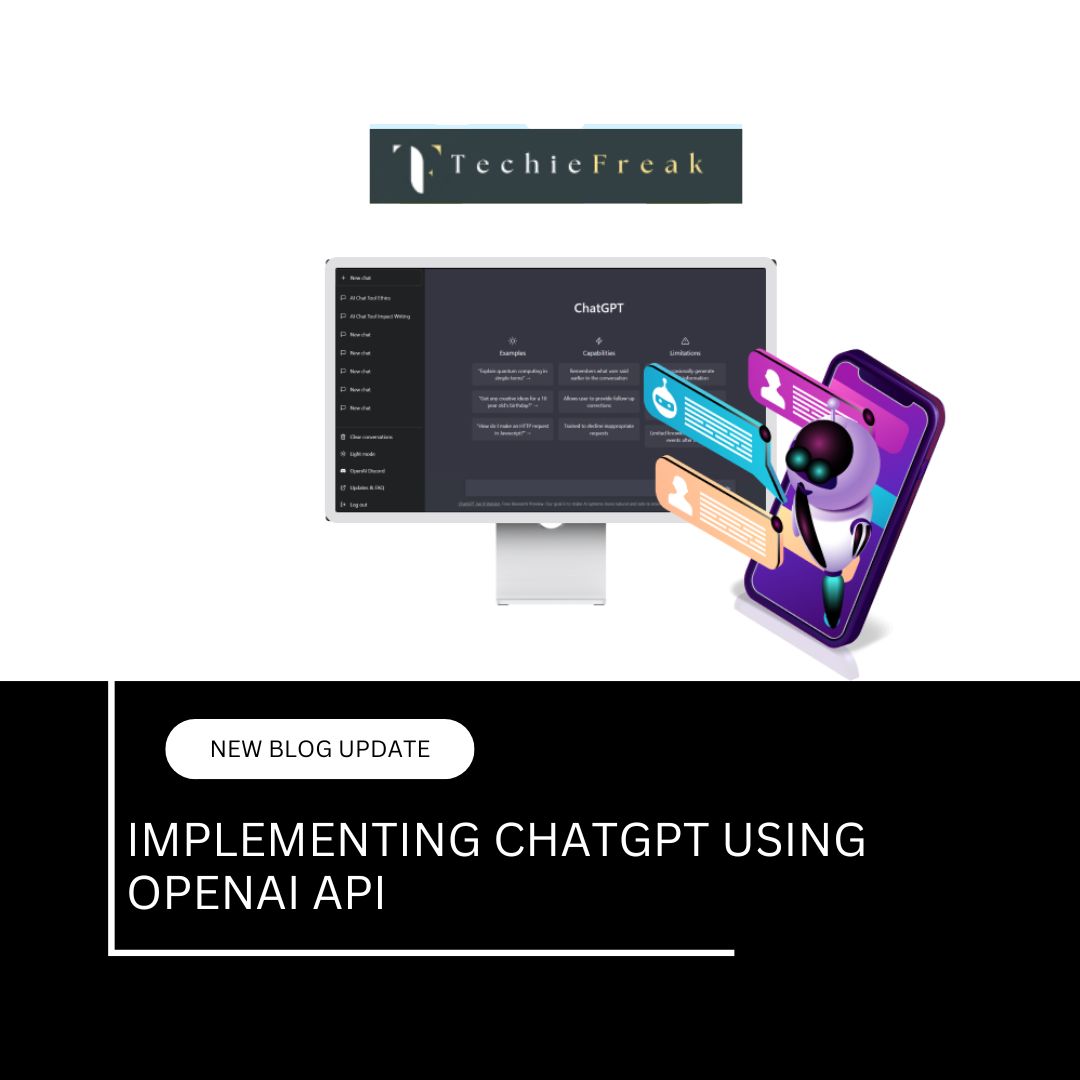
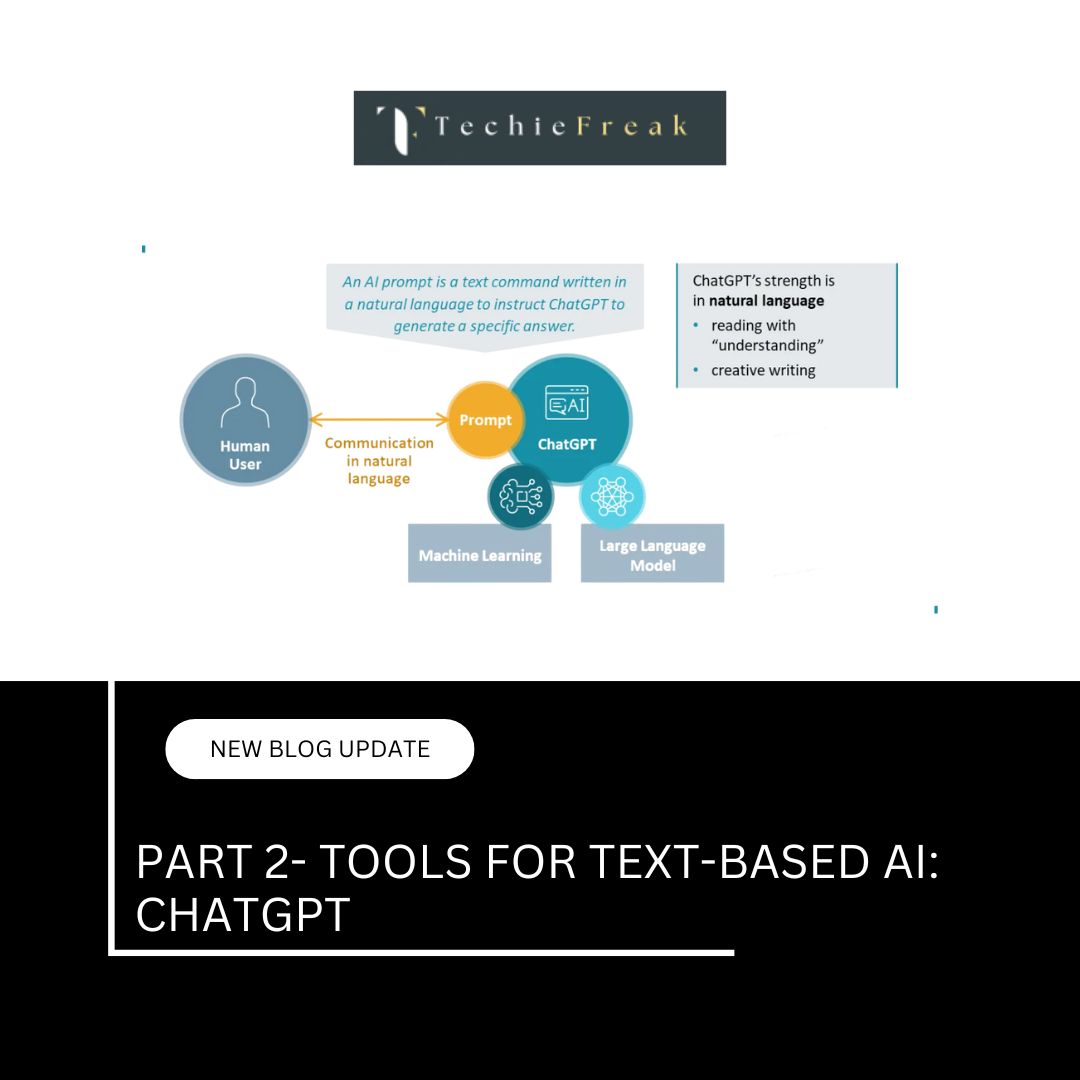
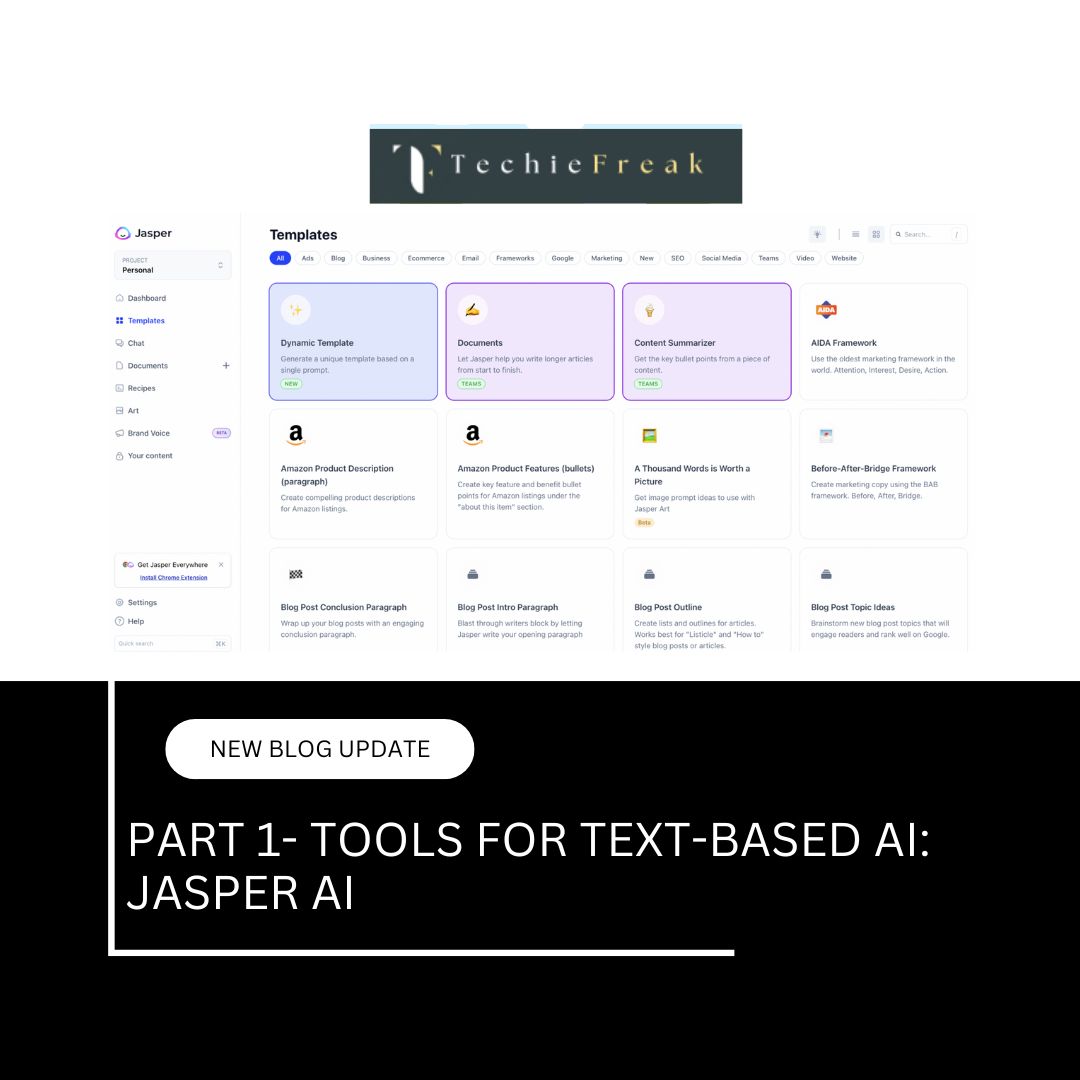


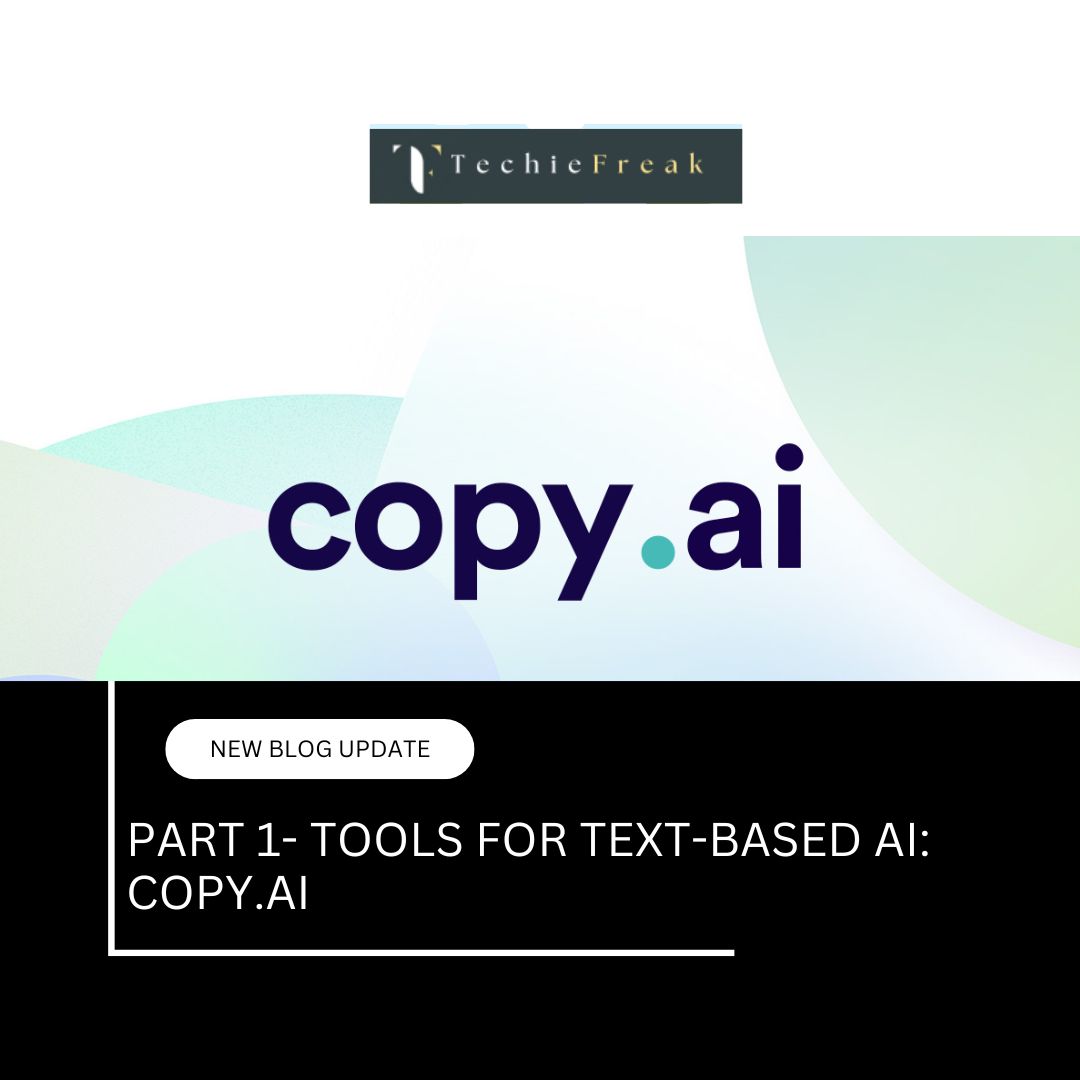
.jpg)
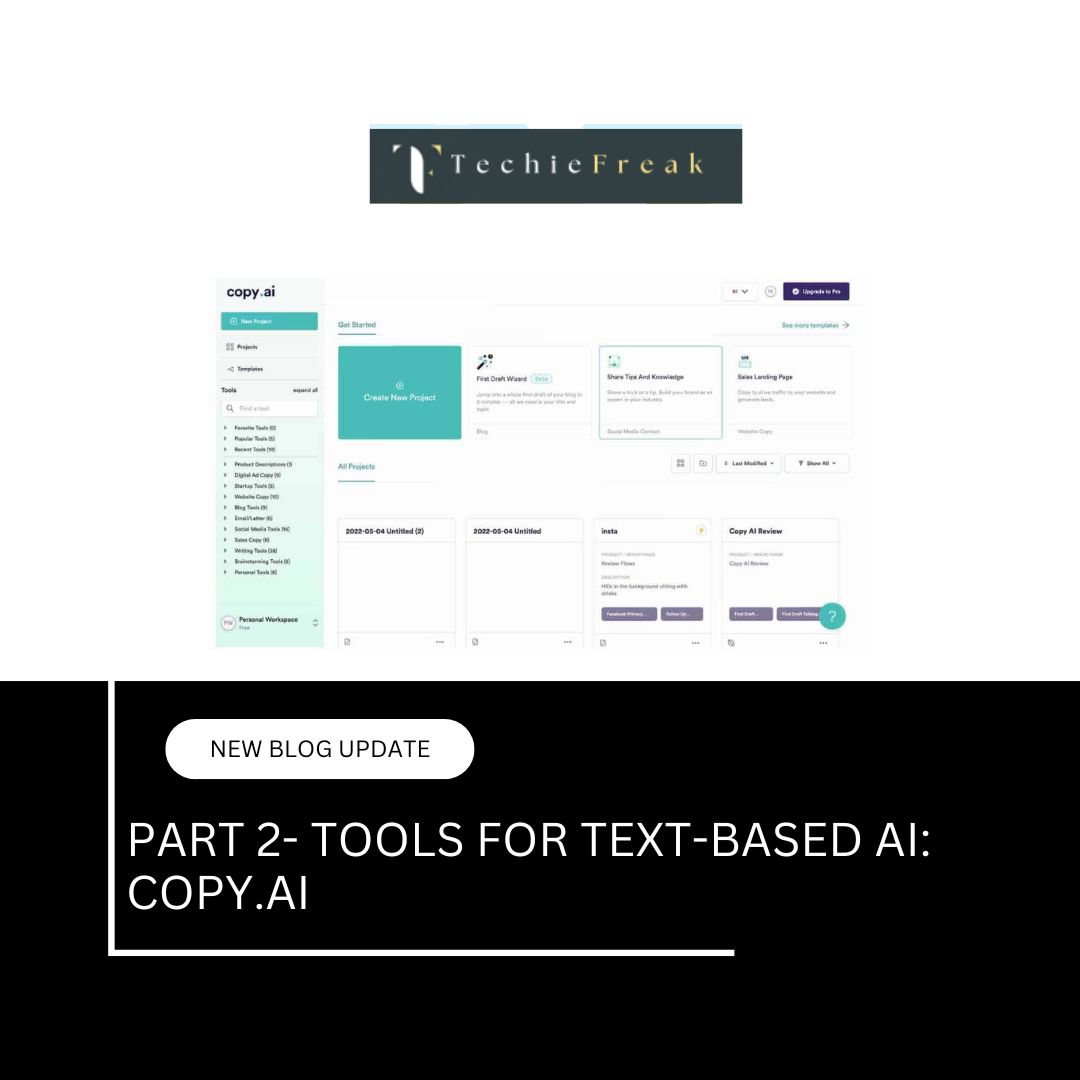
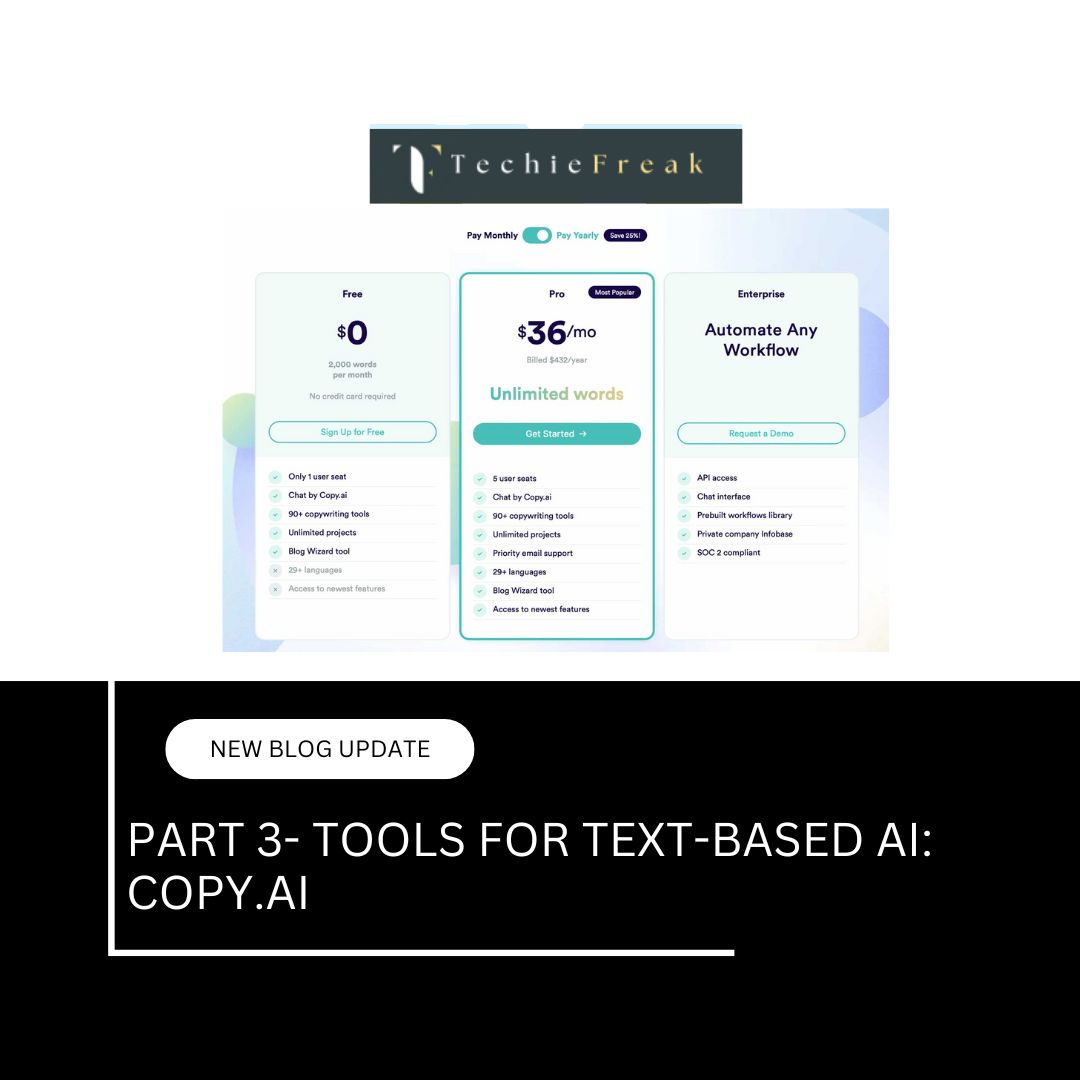
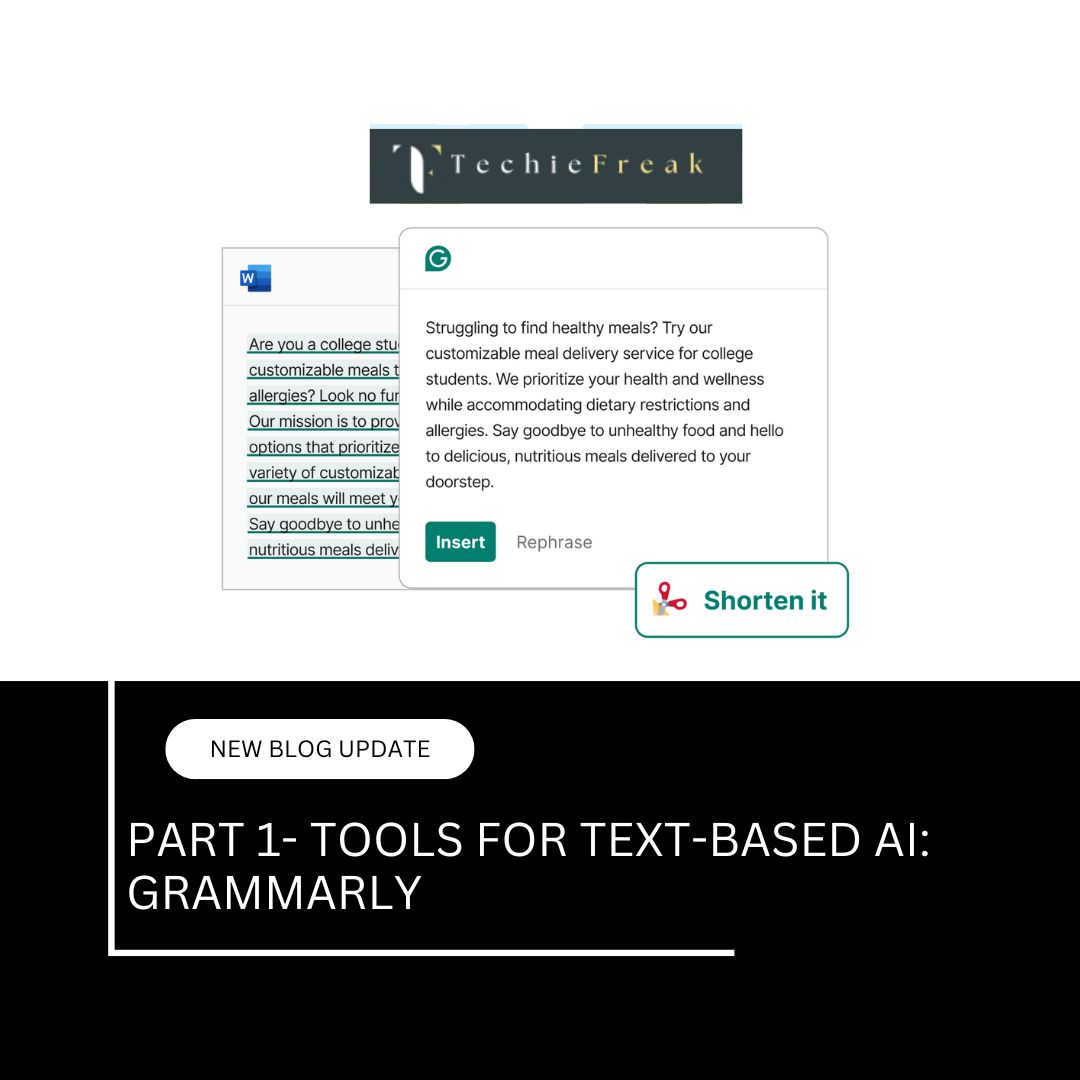
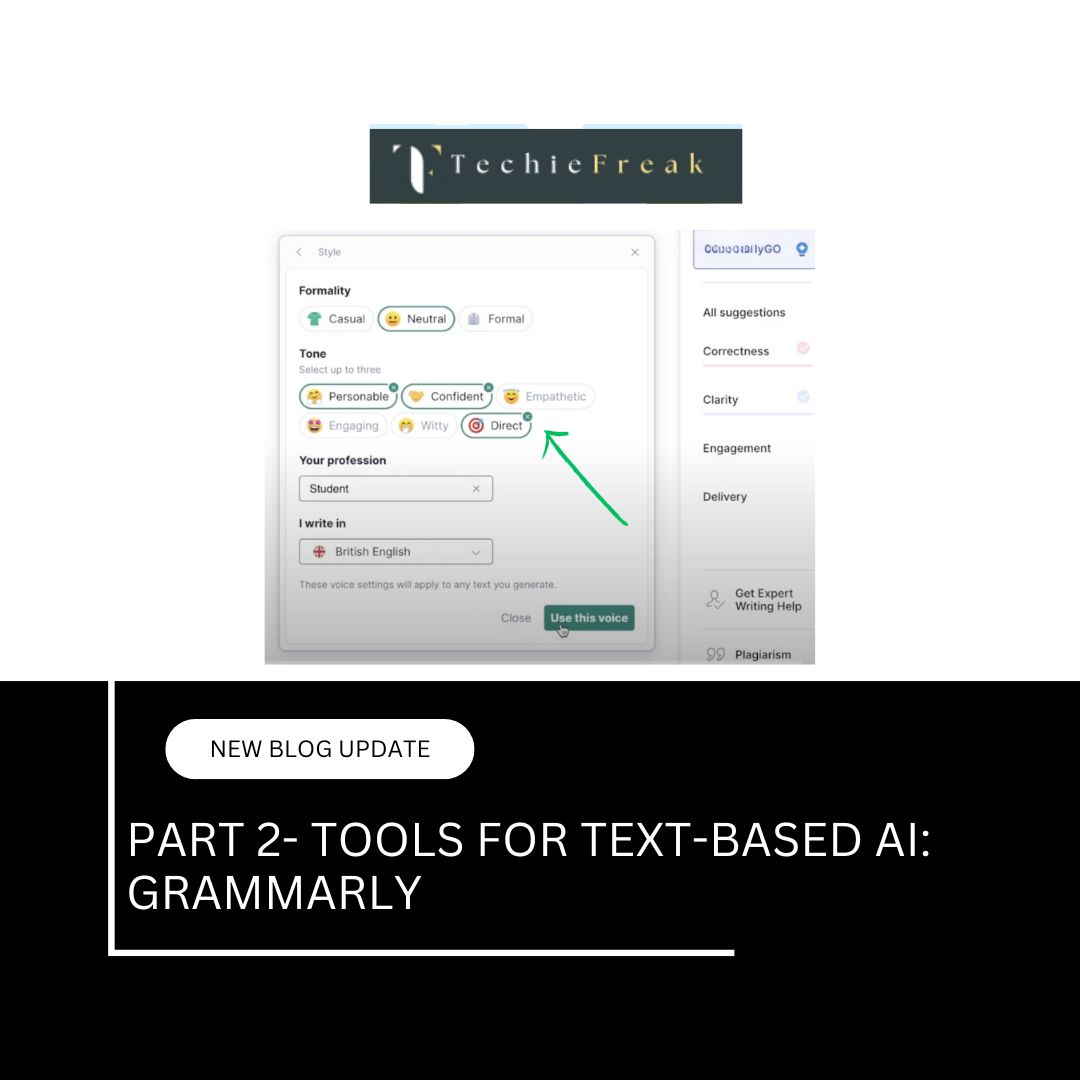
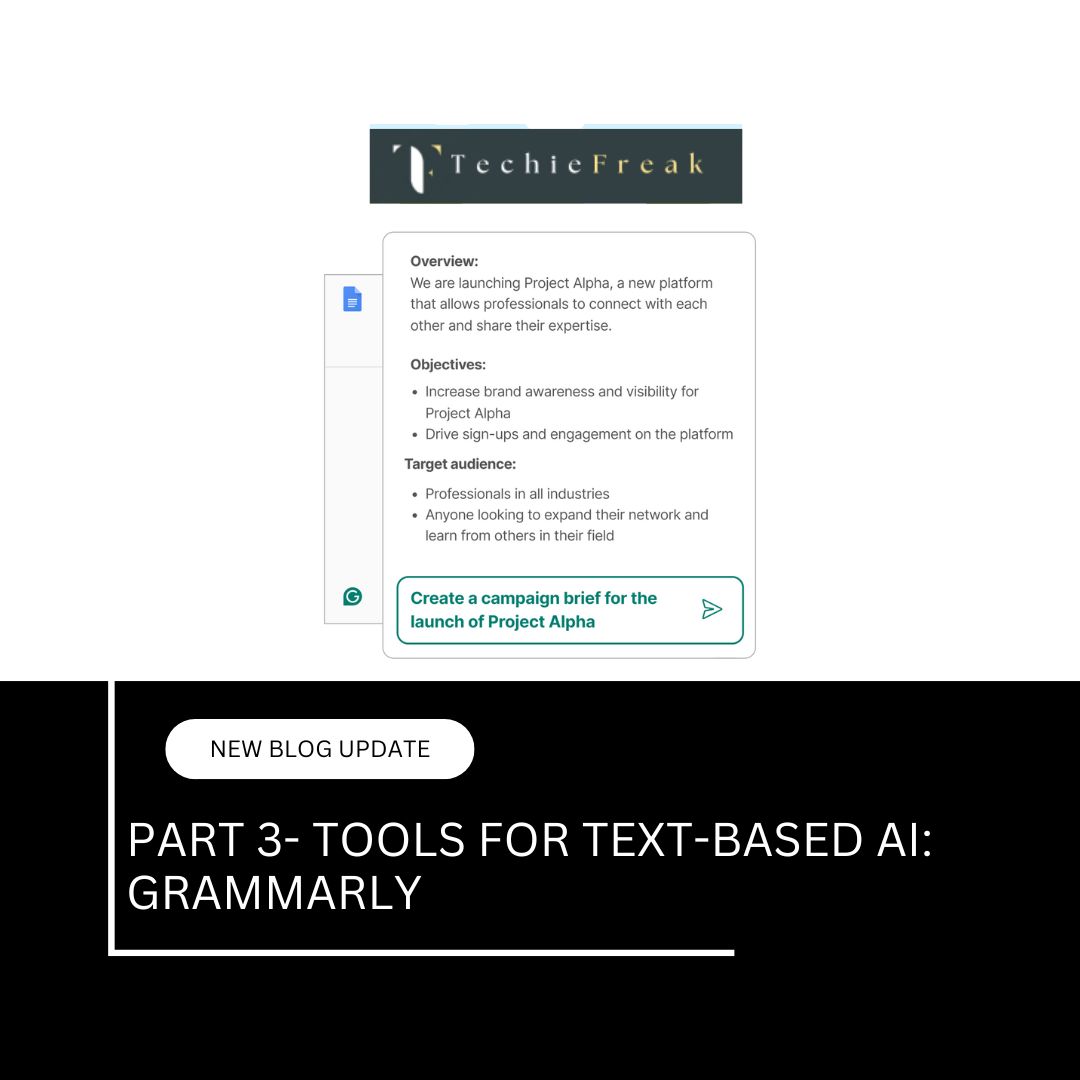
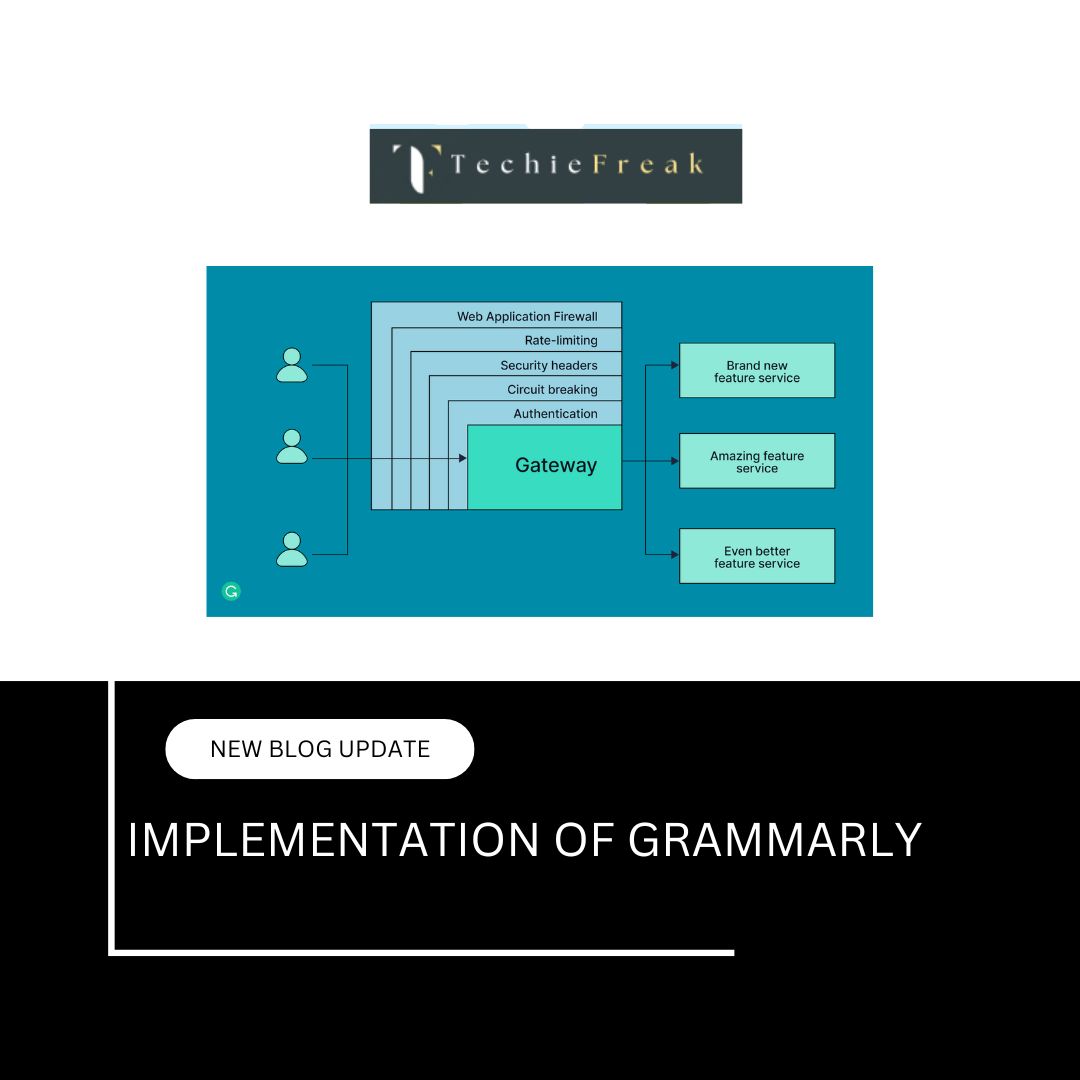


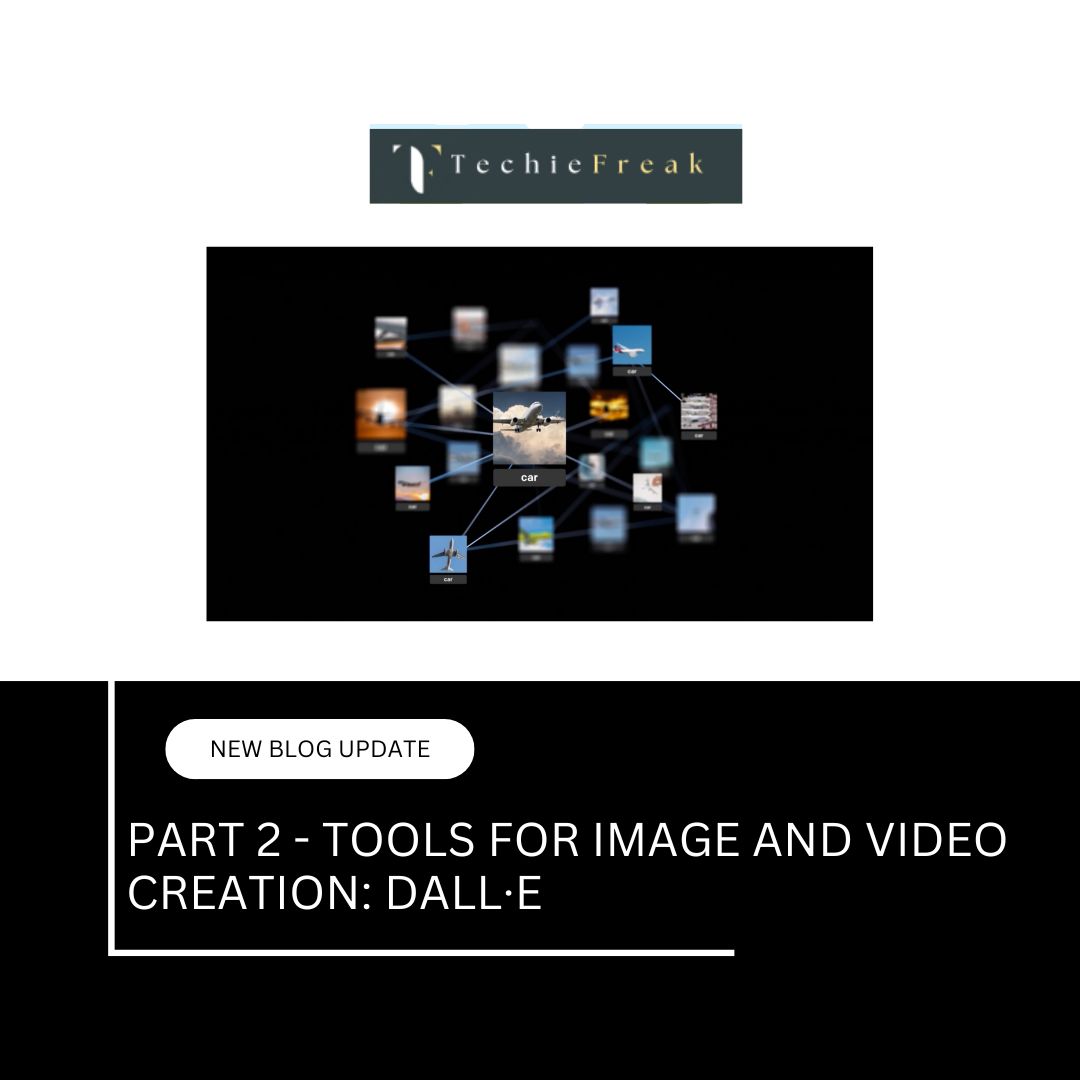

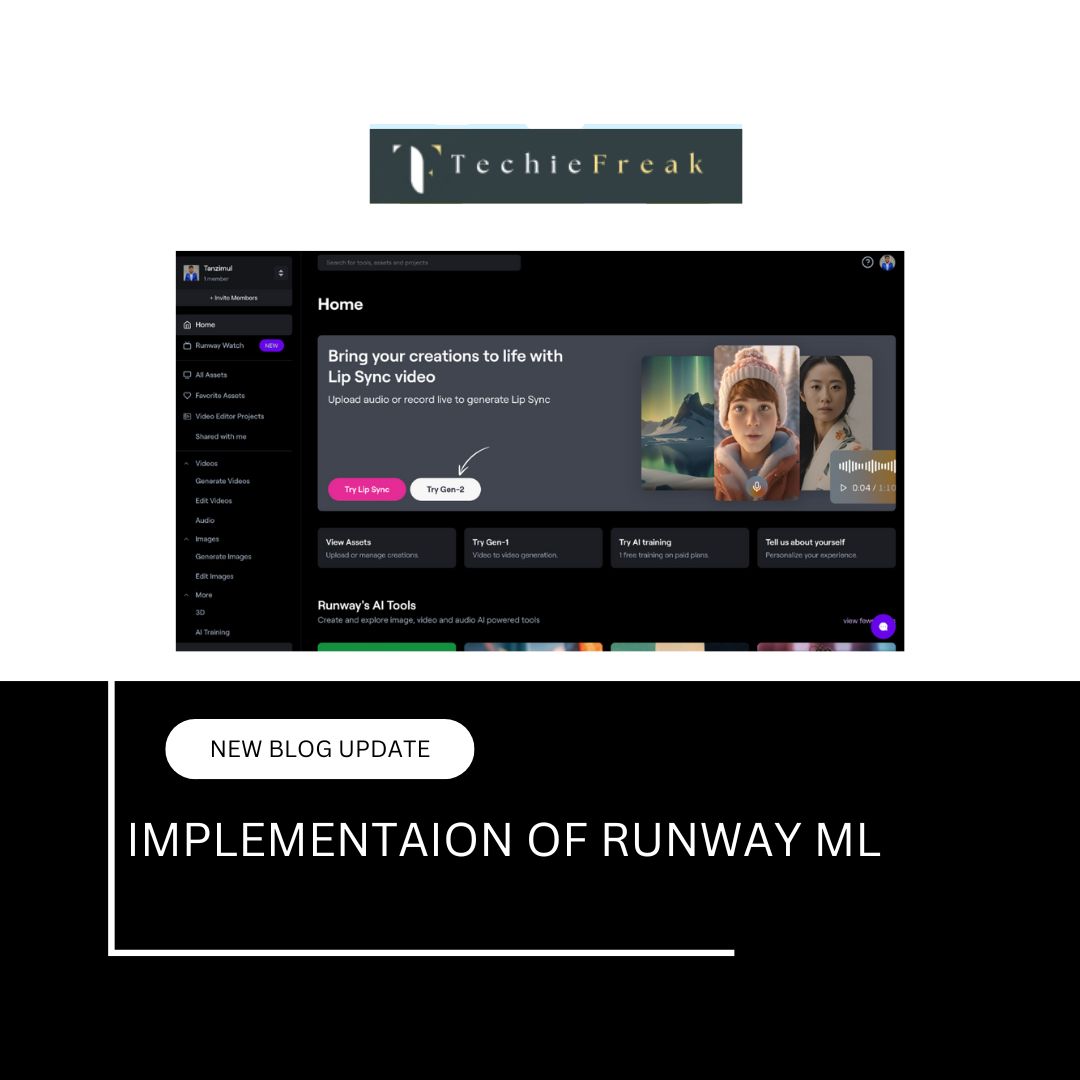


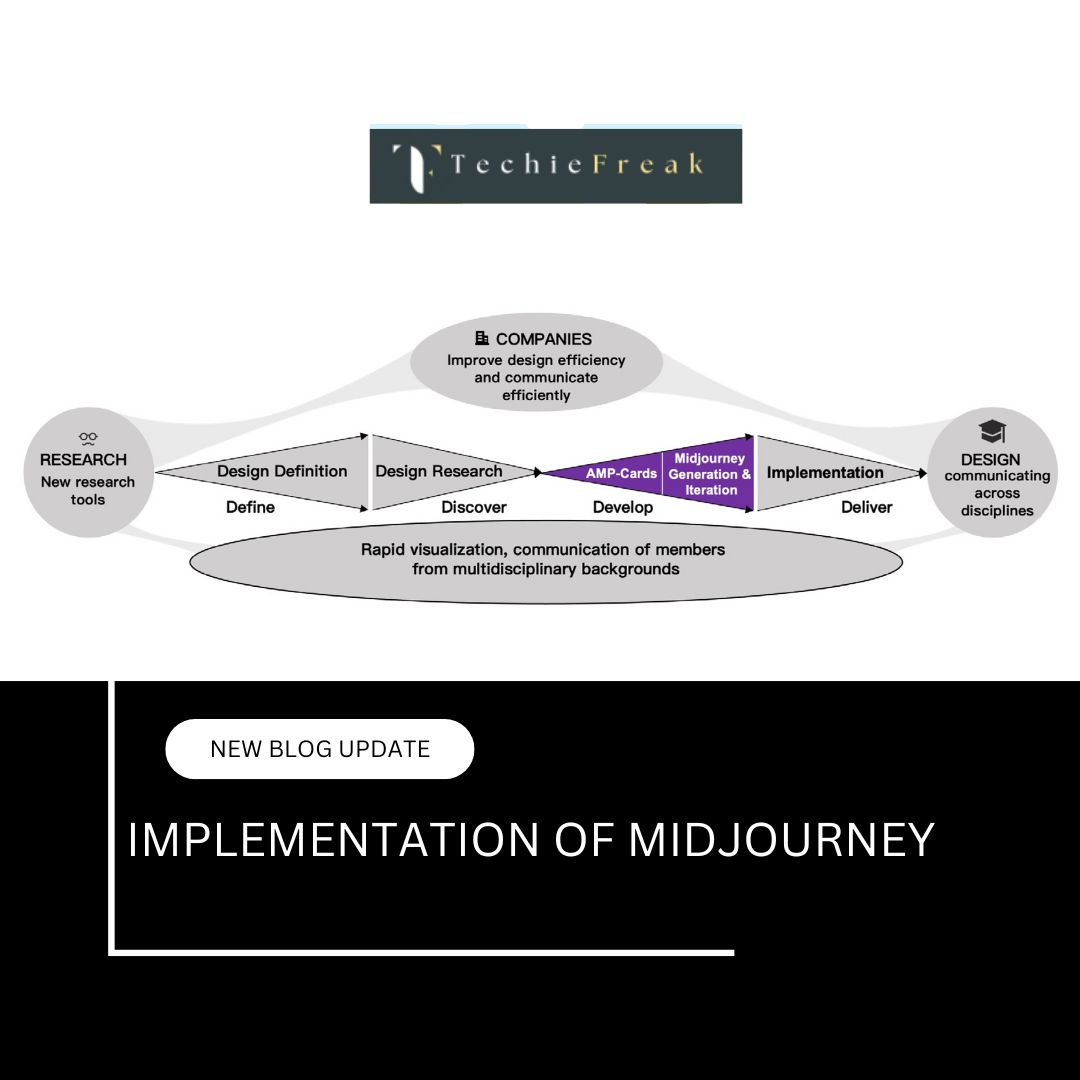
.jpg)

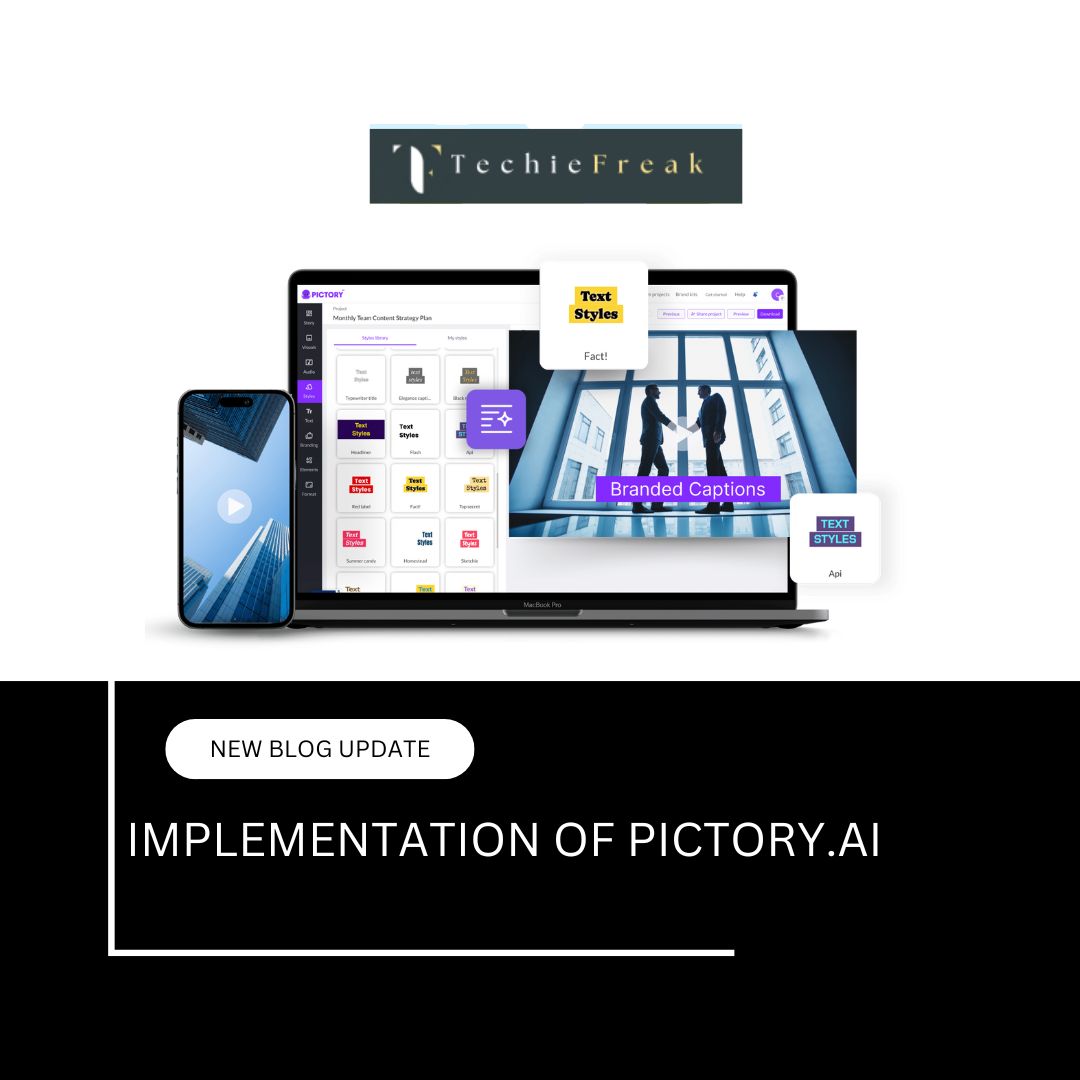
.png)
.png)
.png)
.png)
.png)
.png)
.png)
.png)
.png)
.png)
.png)
.png)
.png)
.png)
.png)
.png)
.png)
.png)
.png)
.png)
.png)
.png)
.png)
.png)
.png)
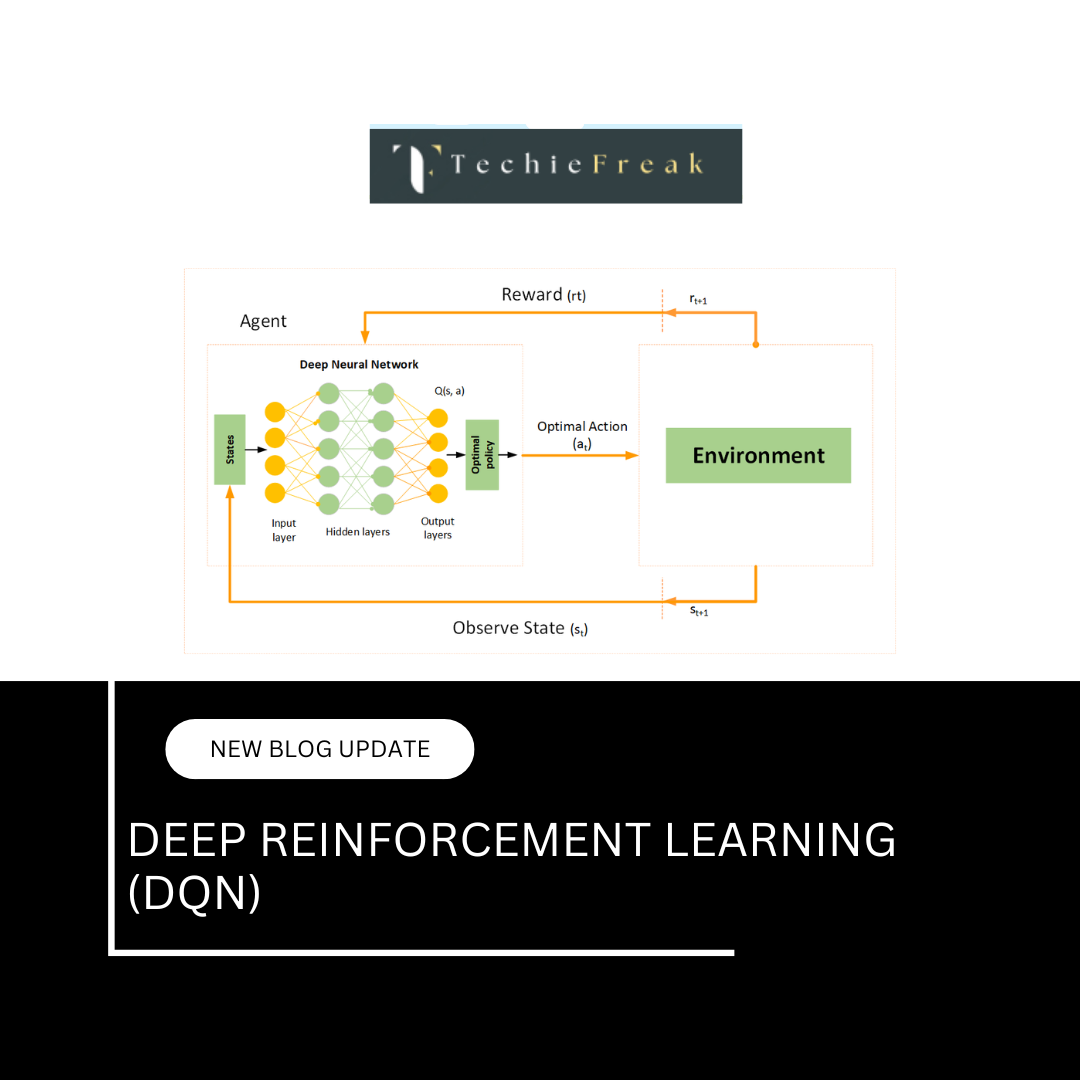
.png)
.png)
.png)
.png)
.png)
.png)

.png)
